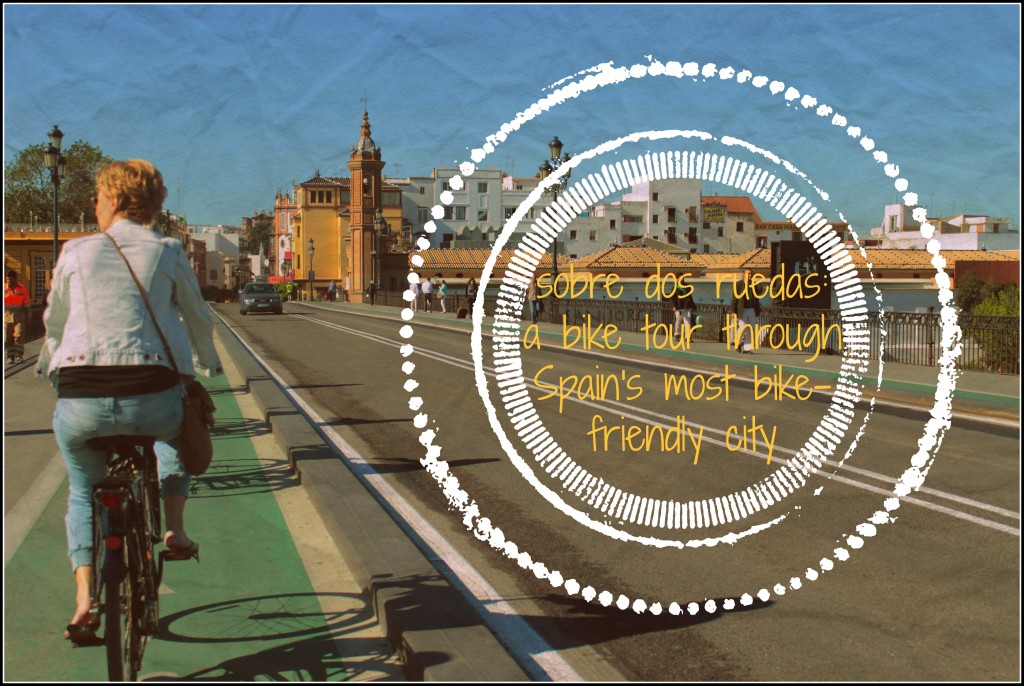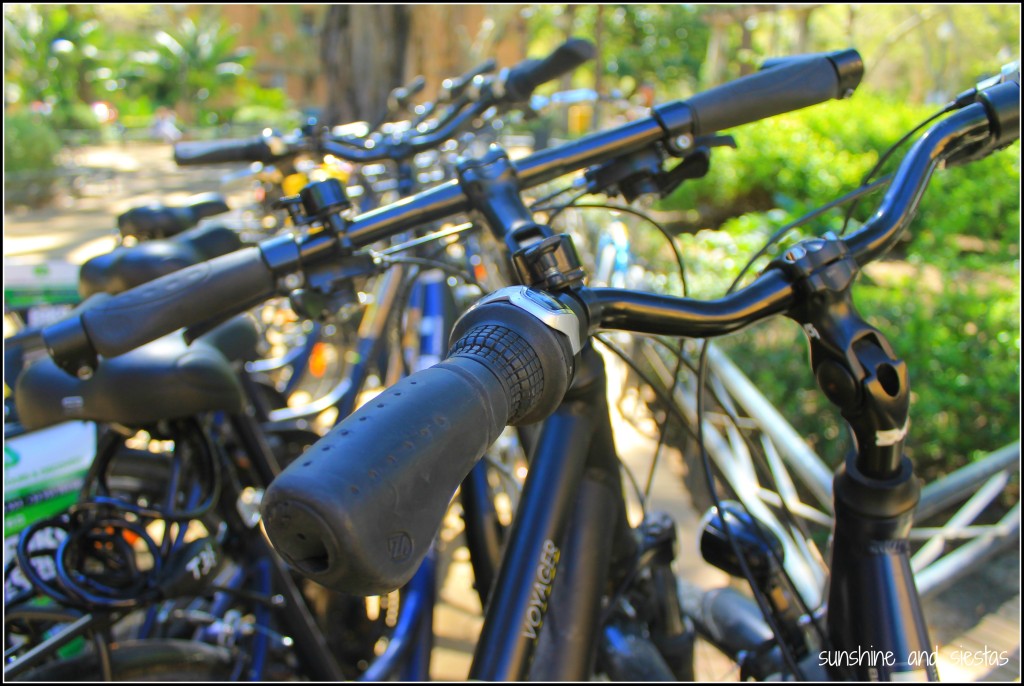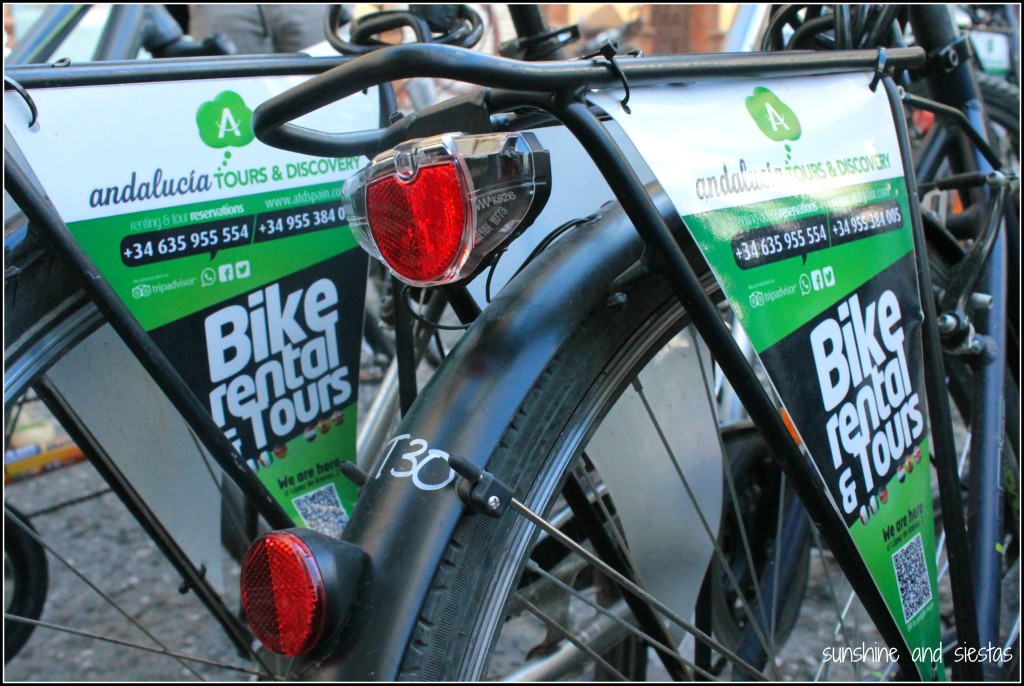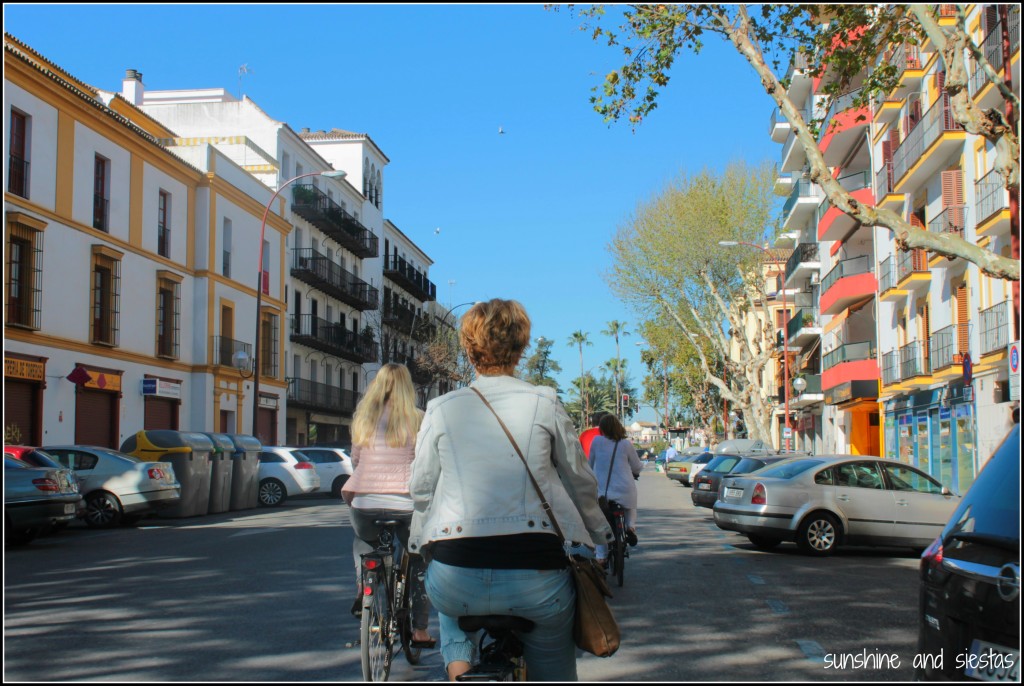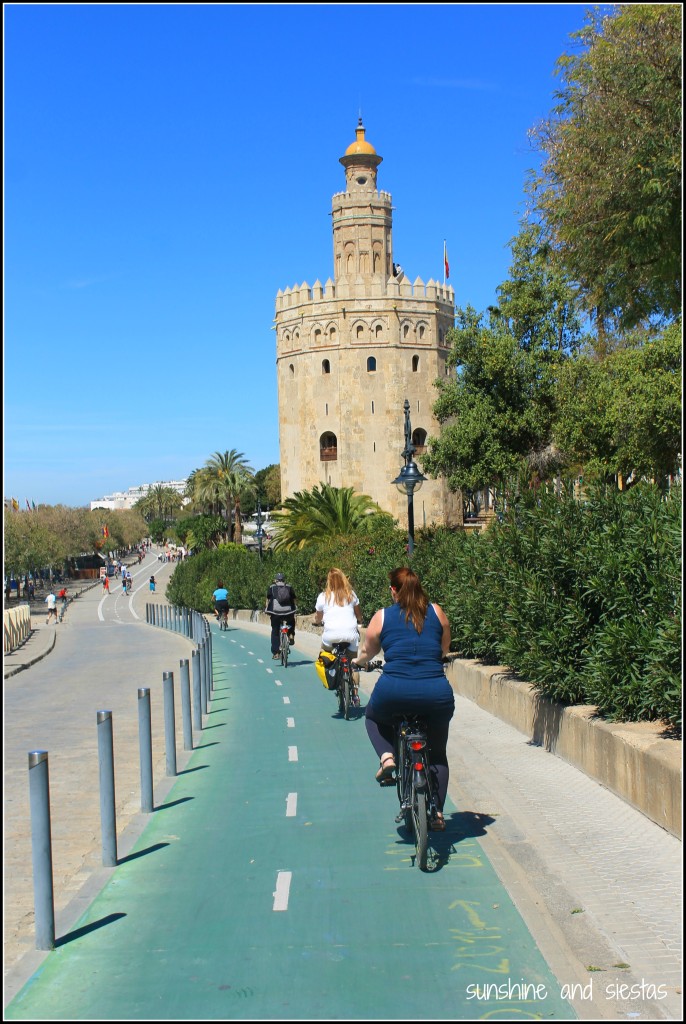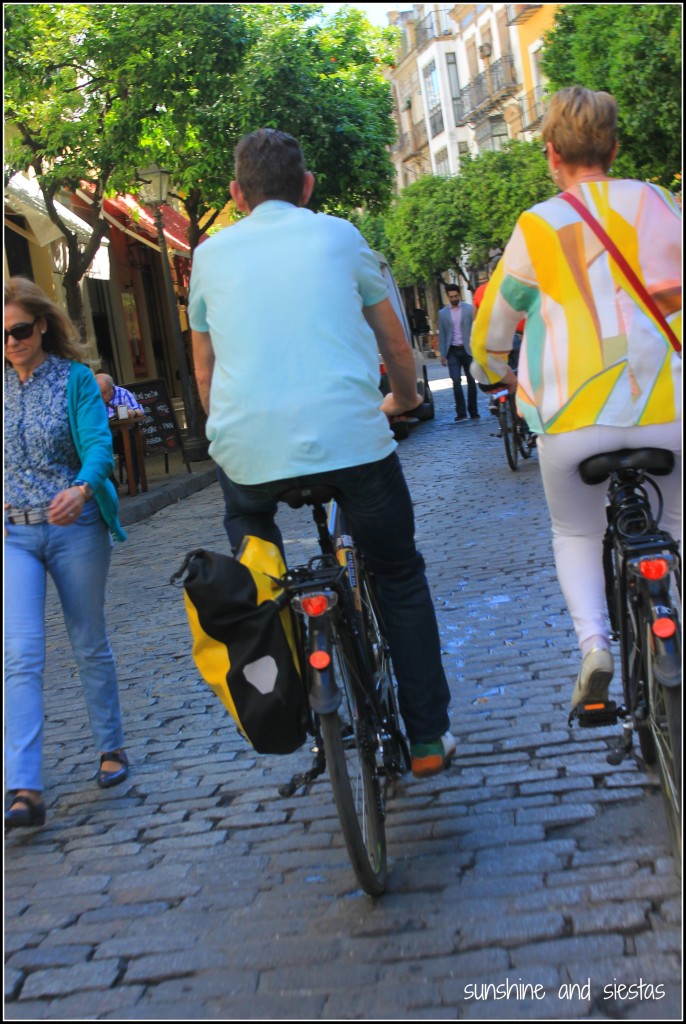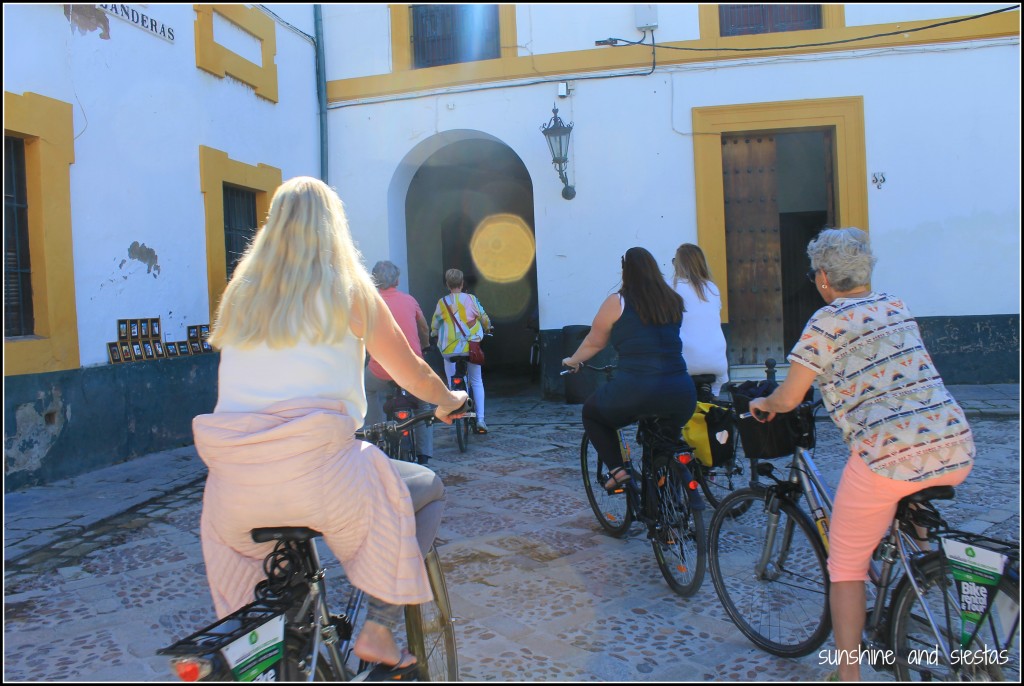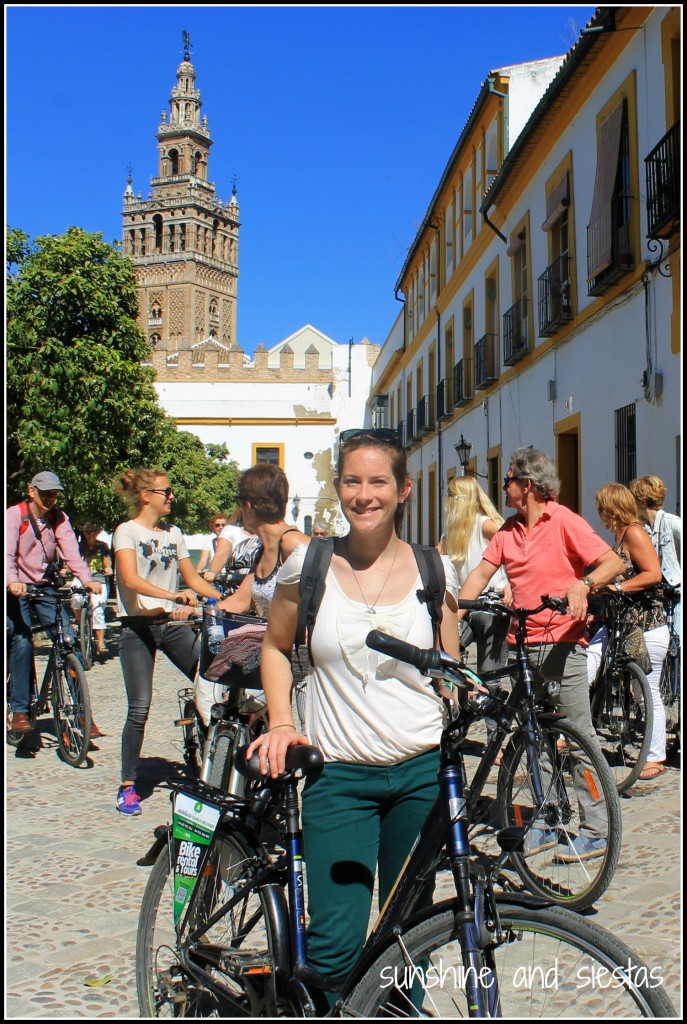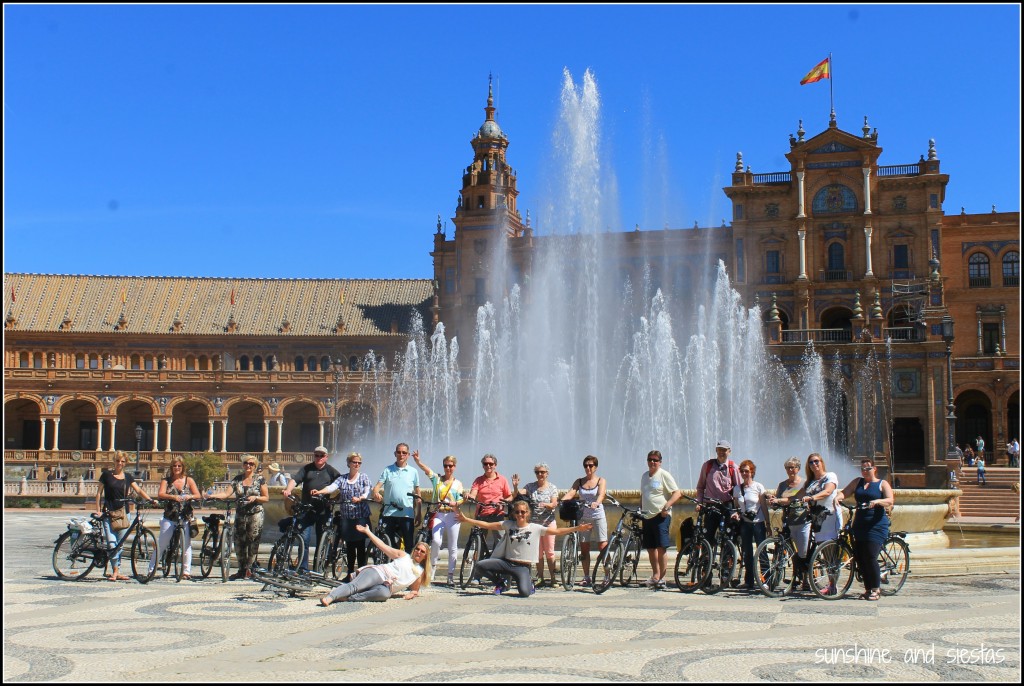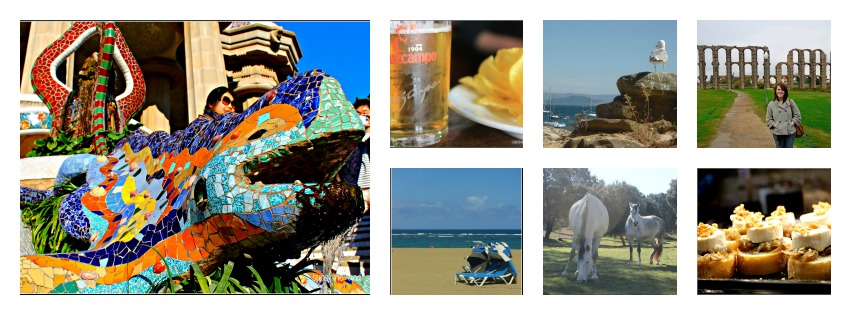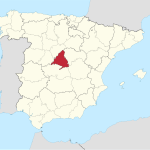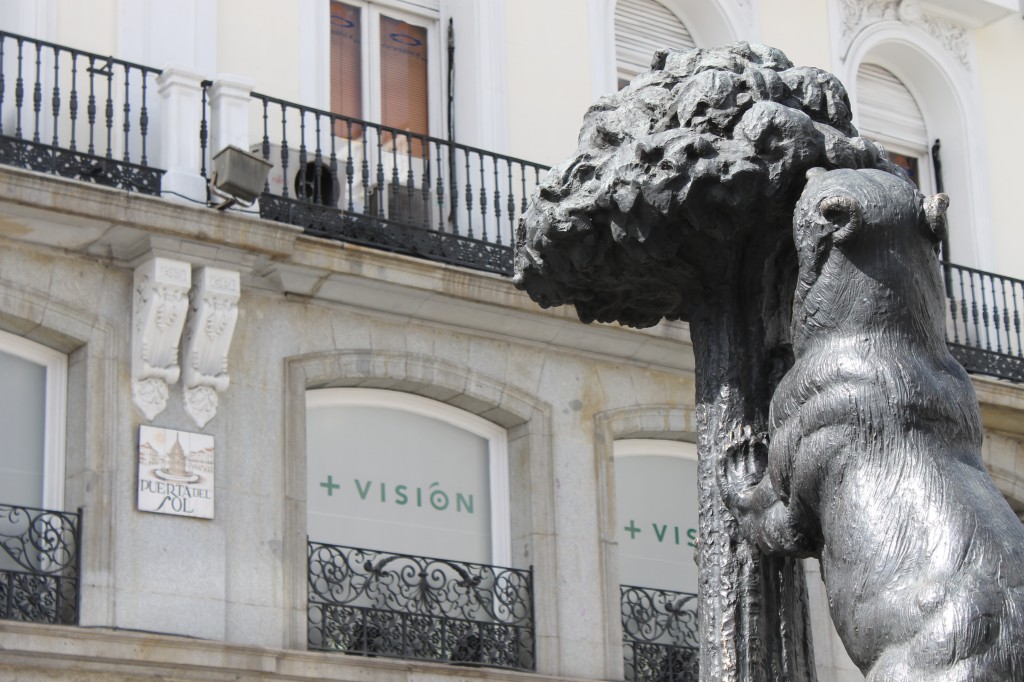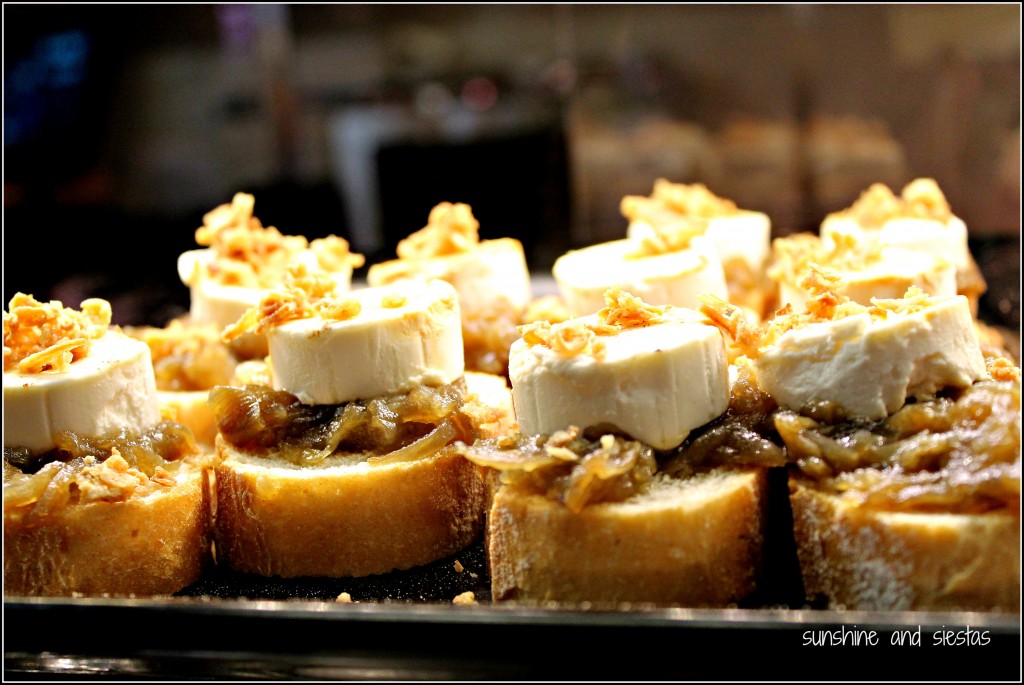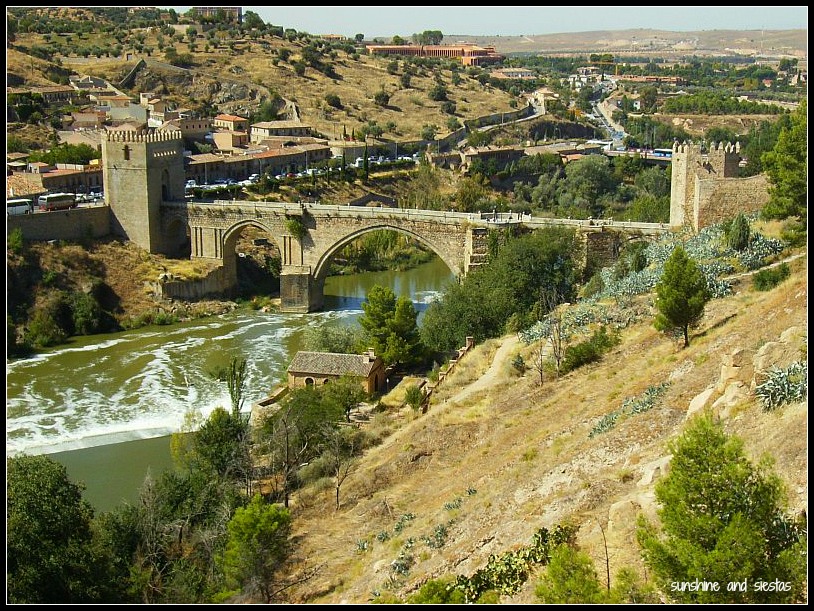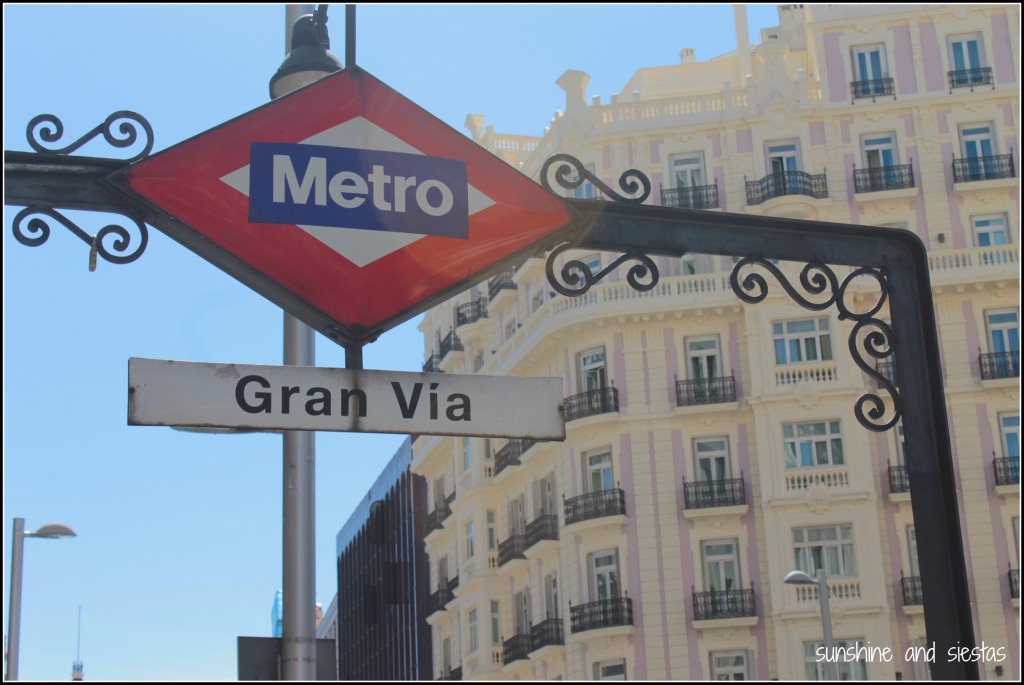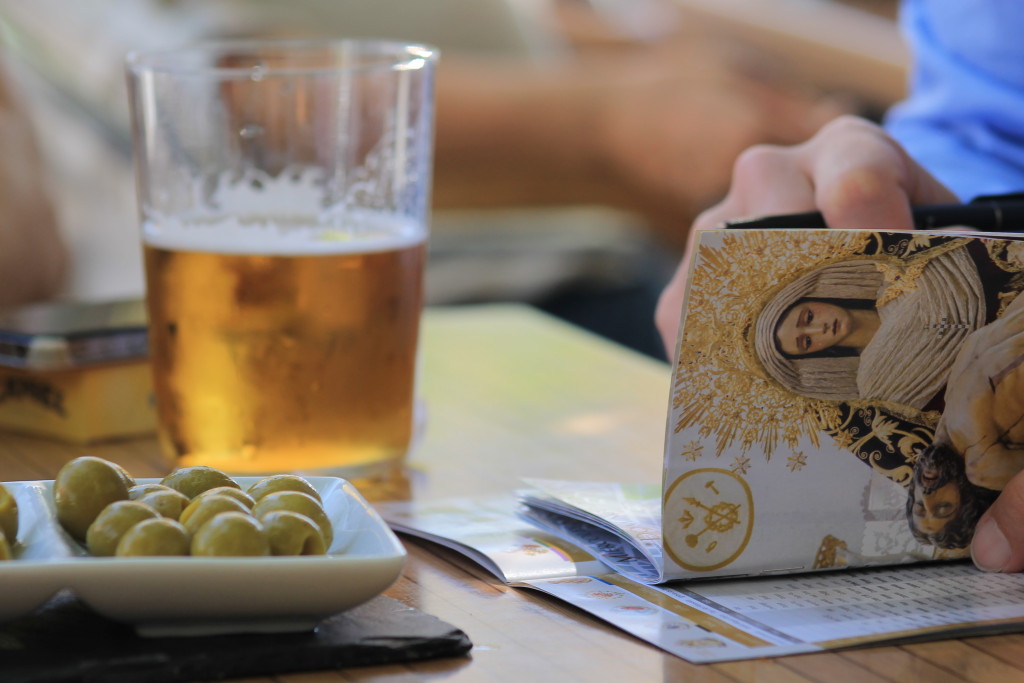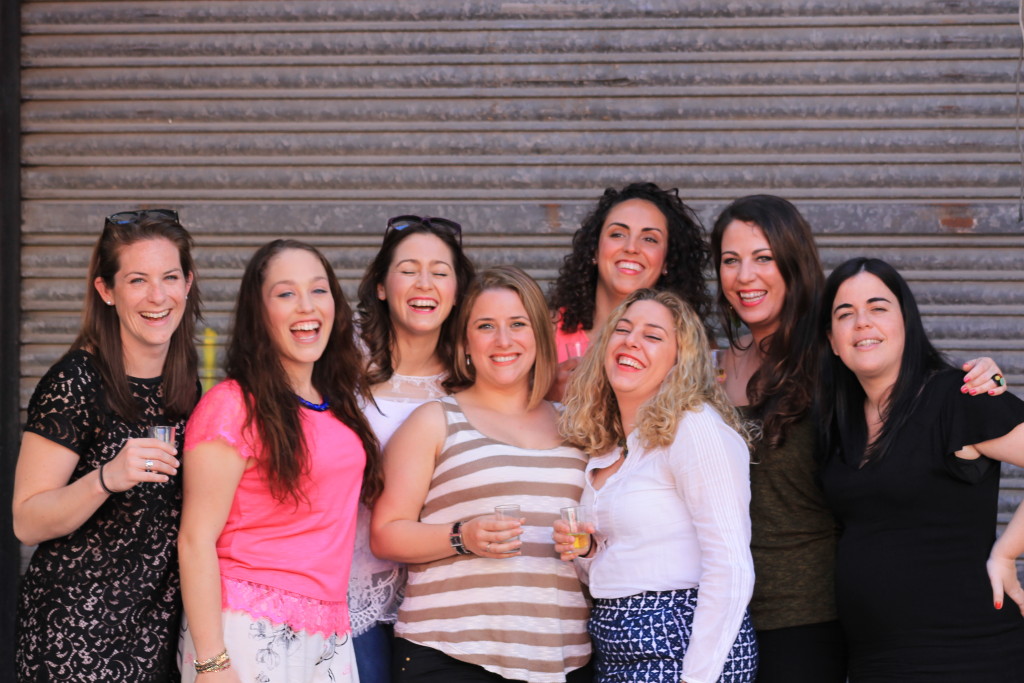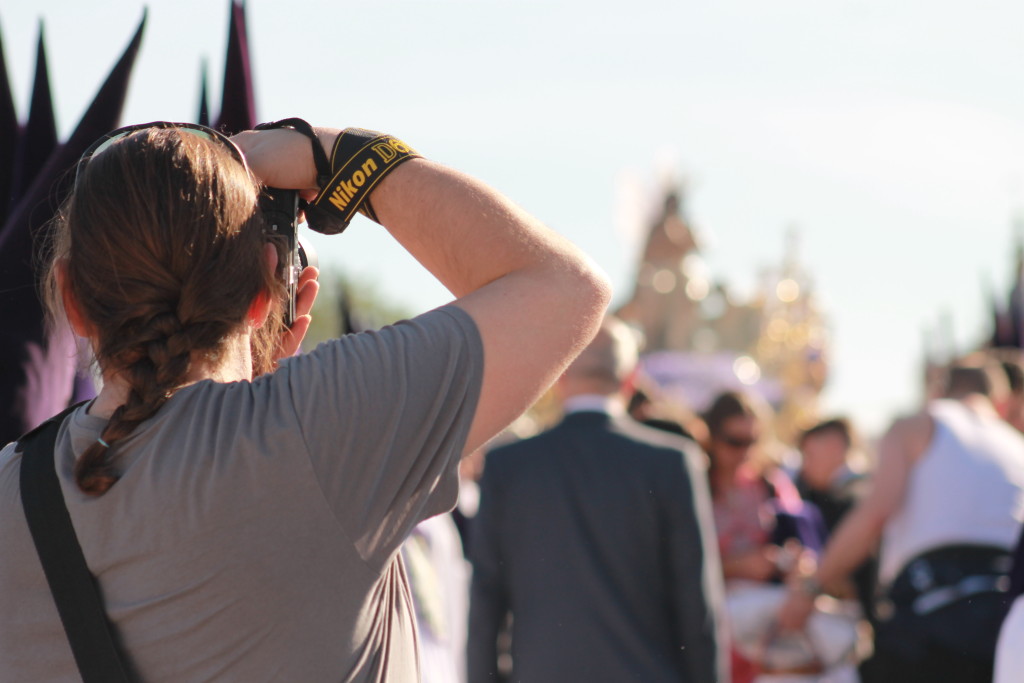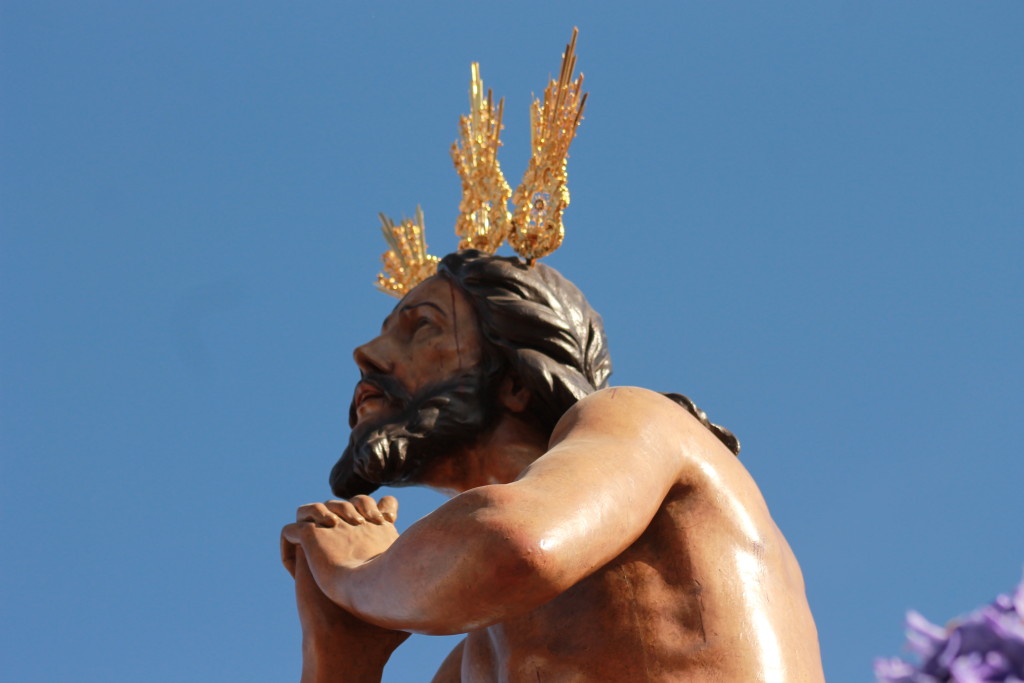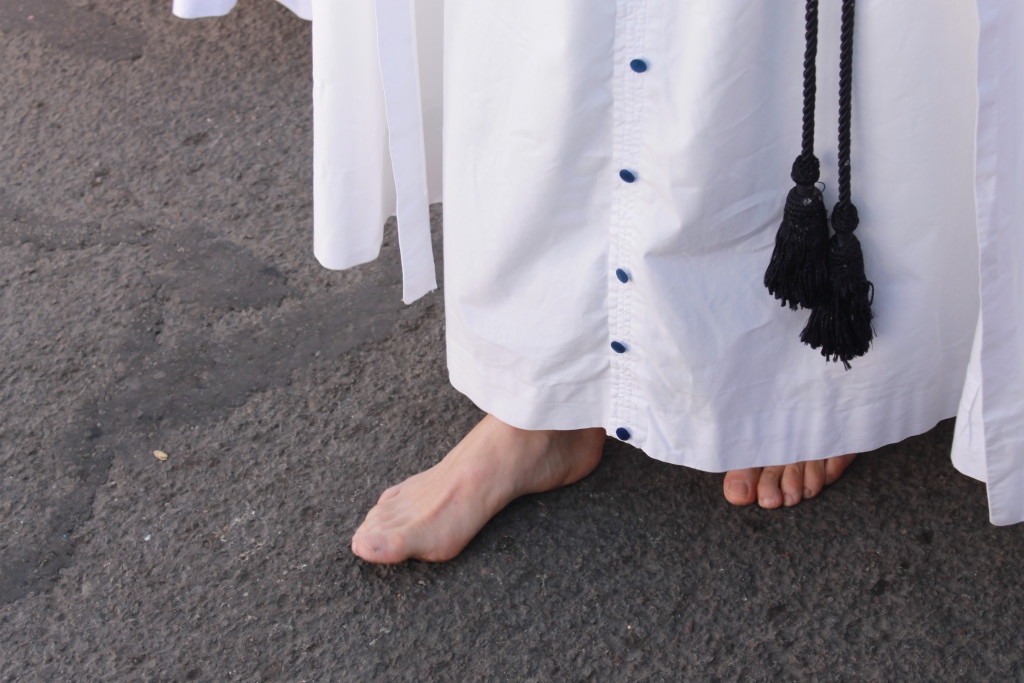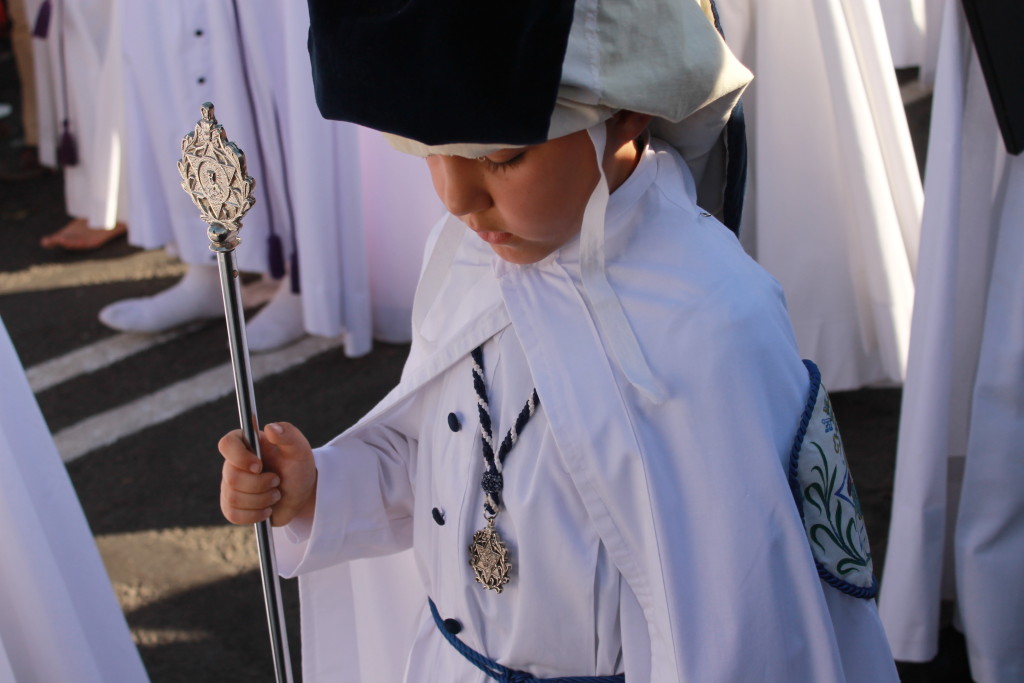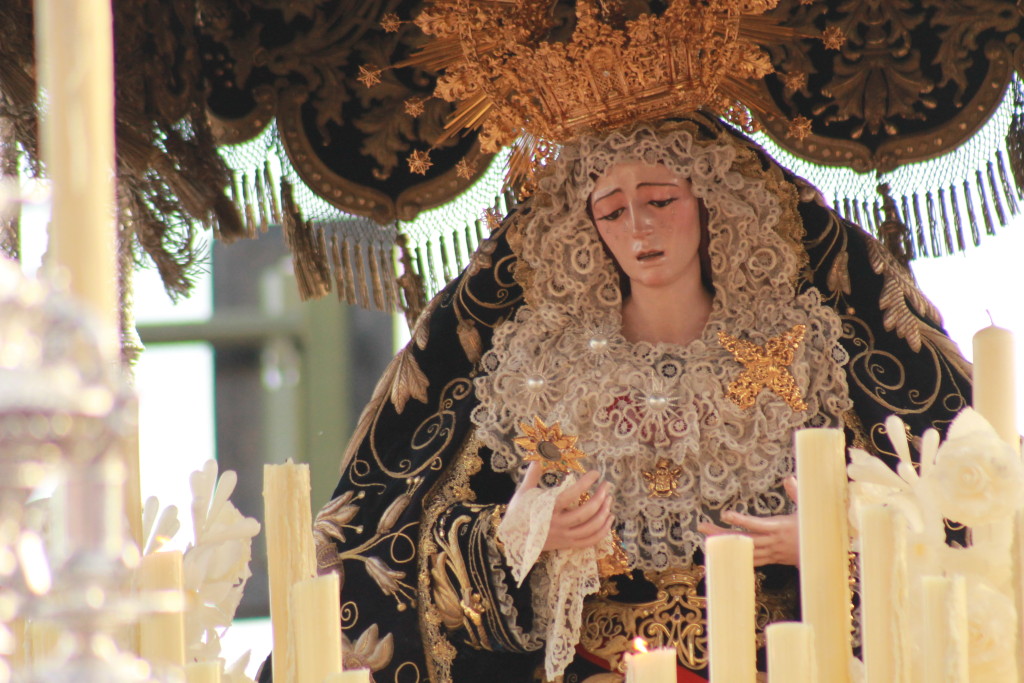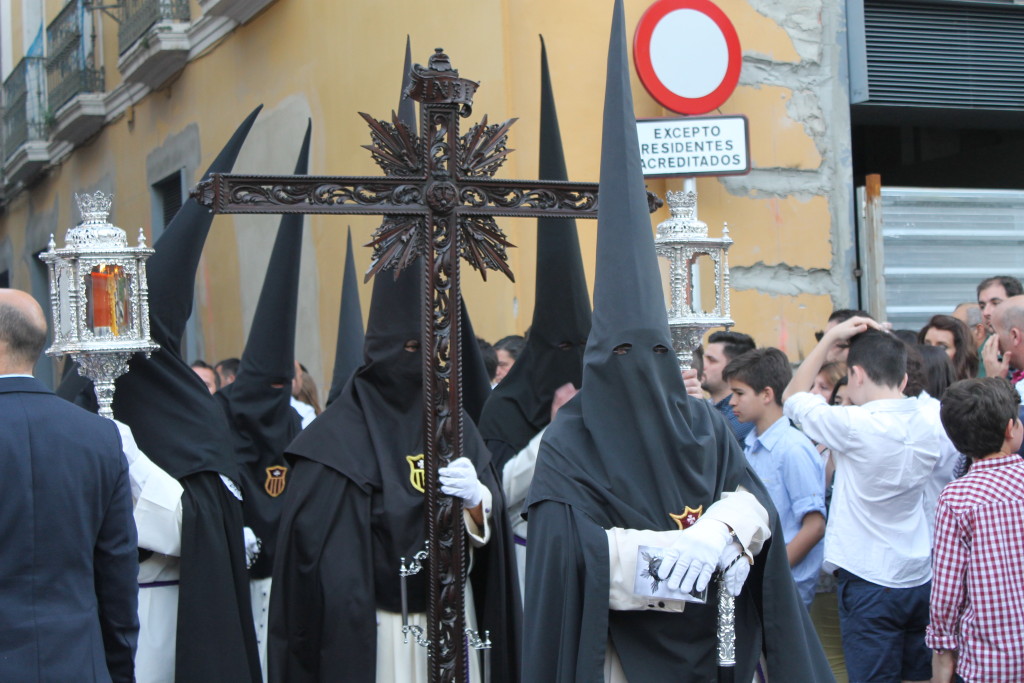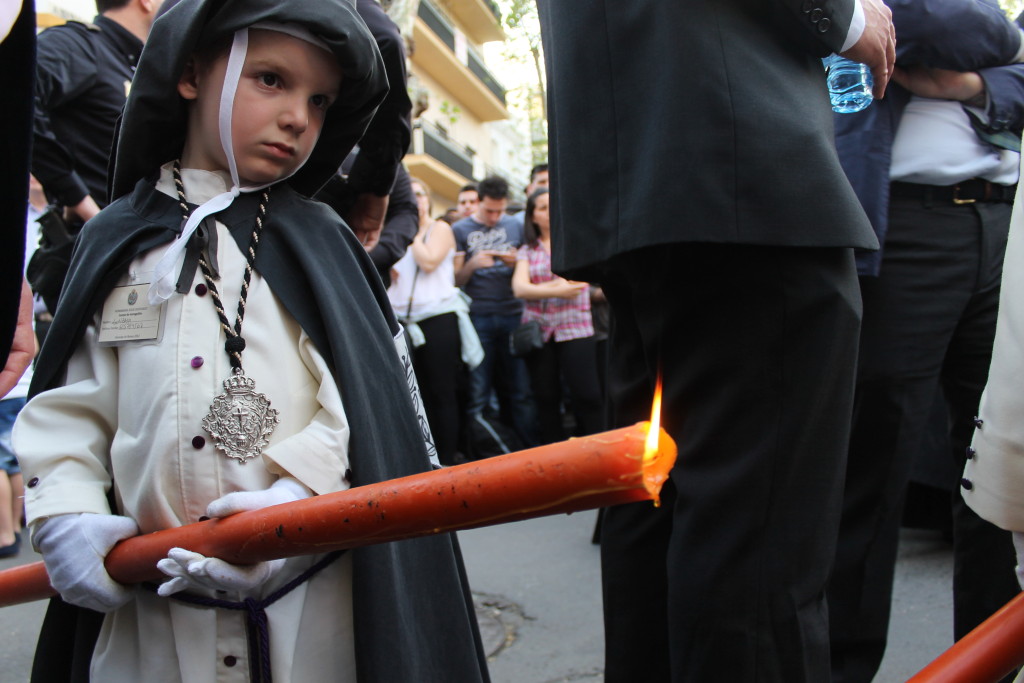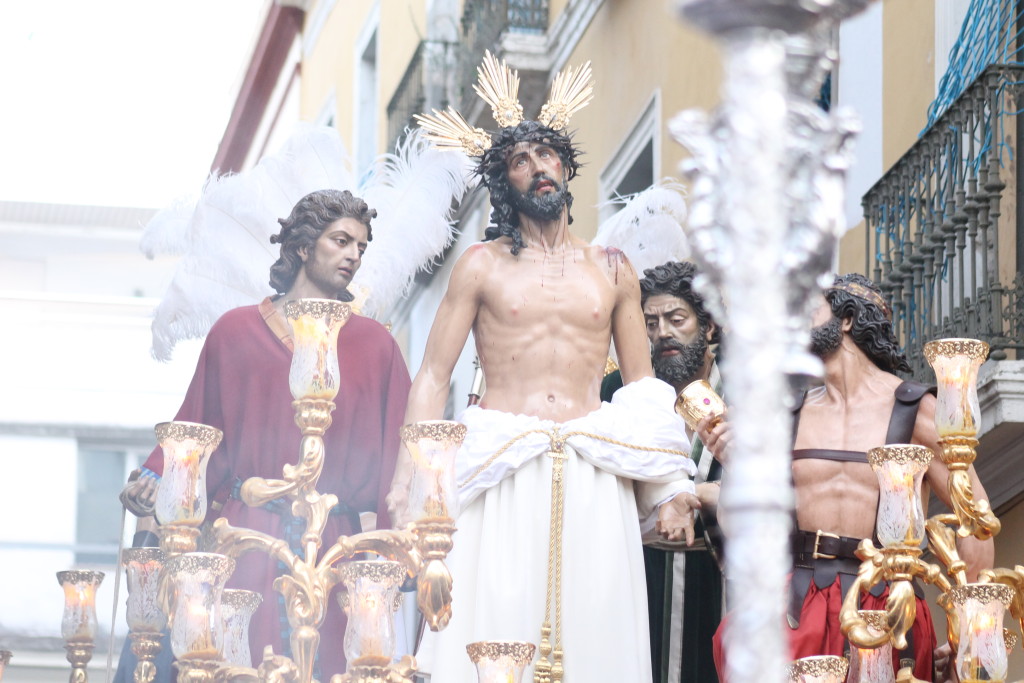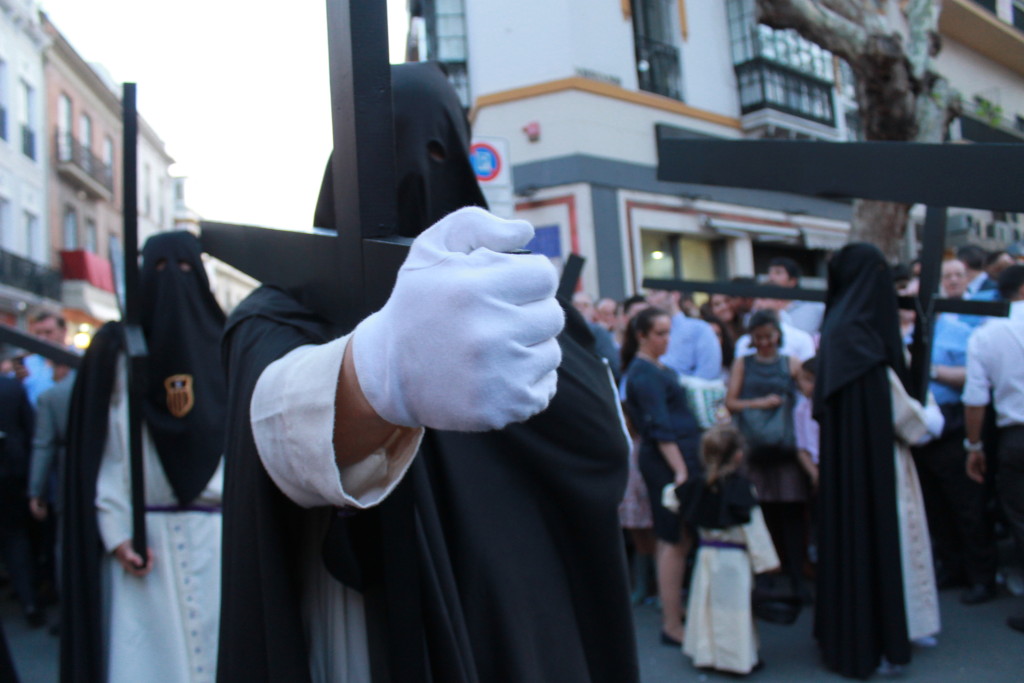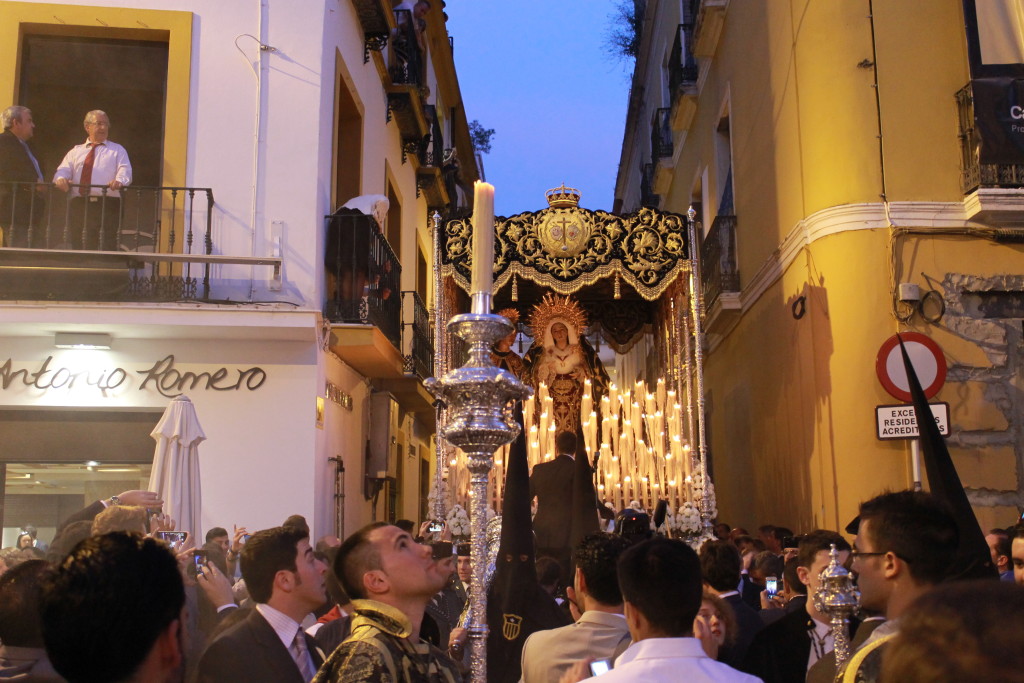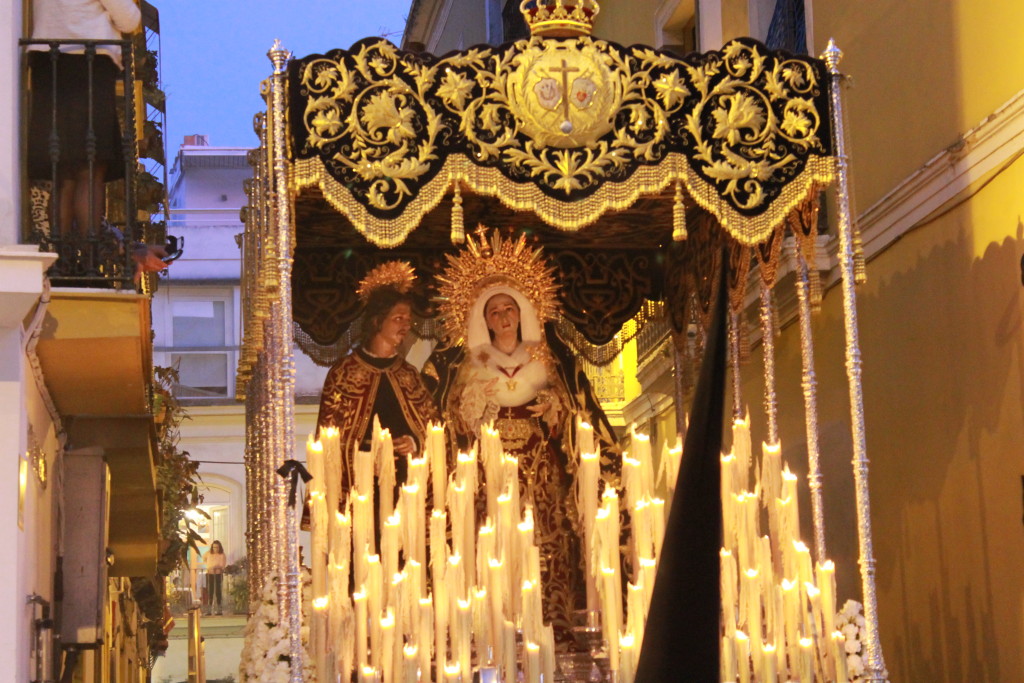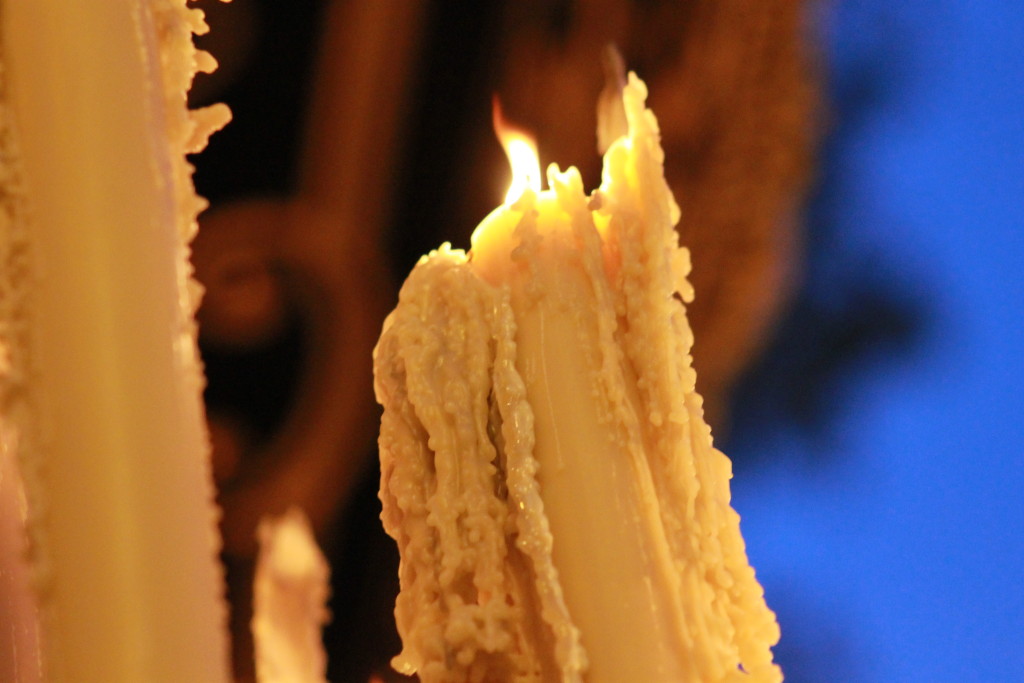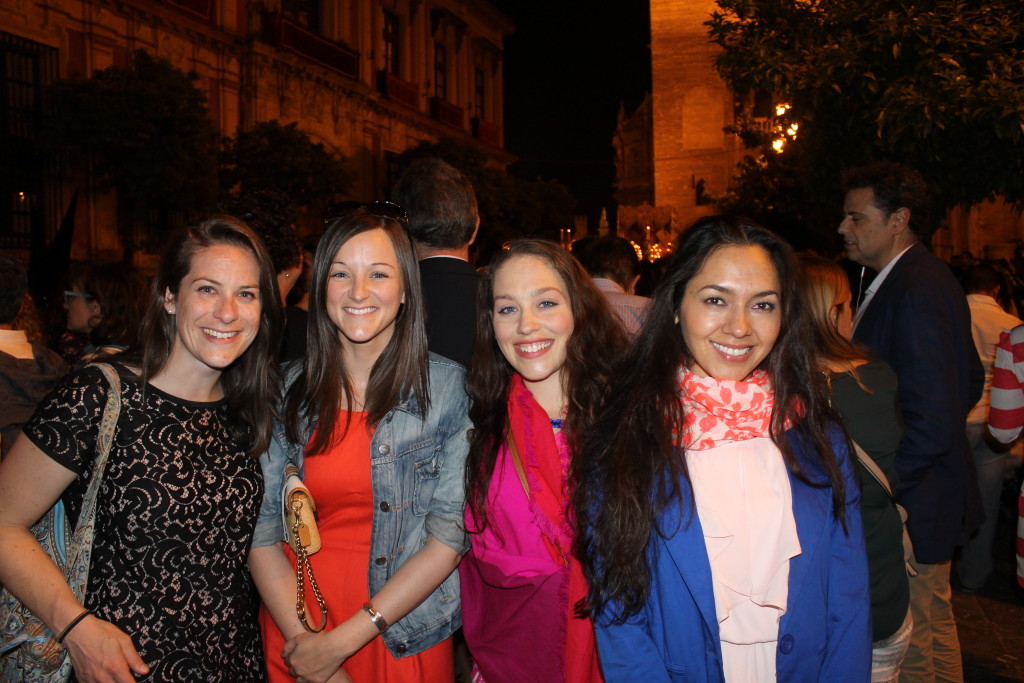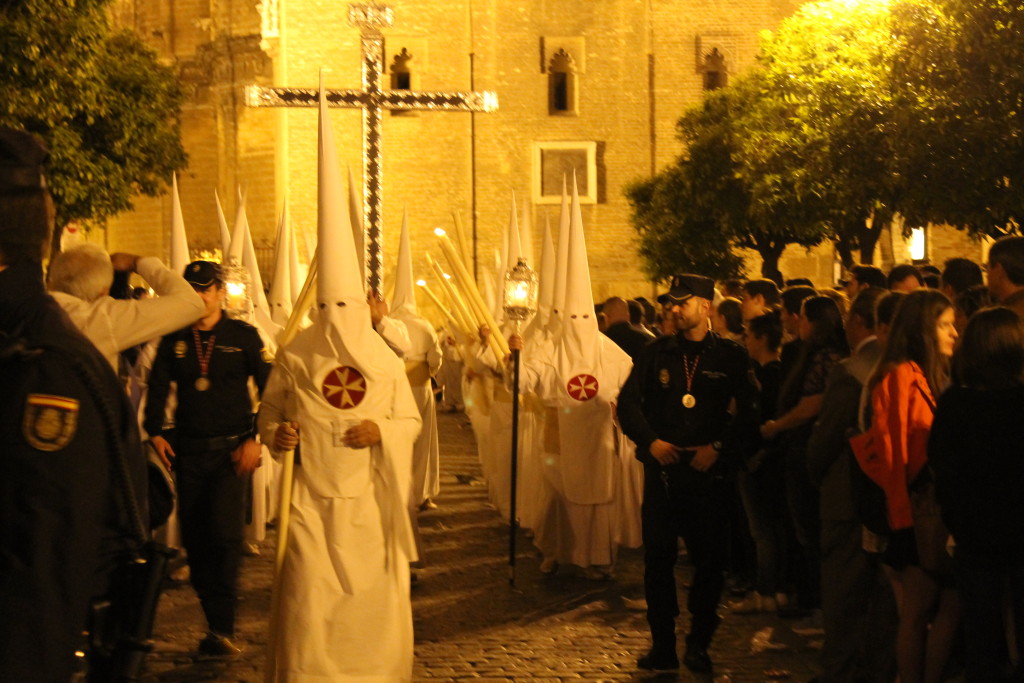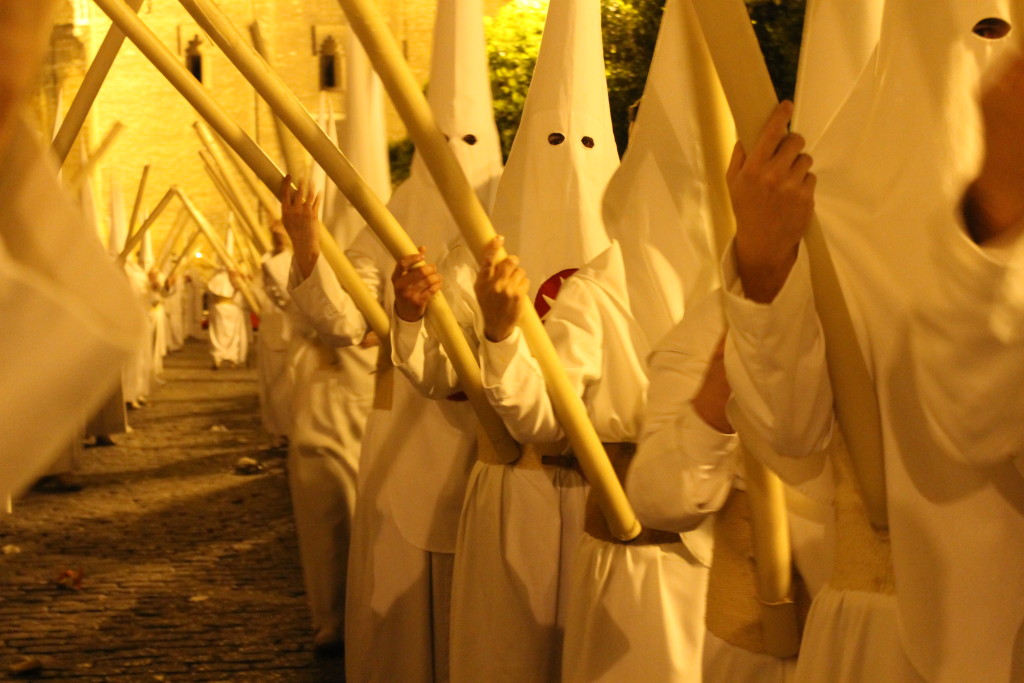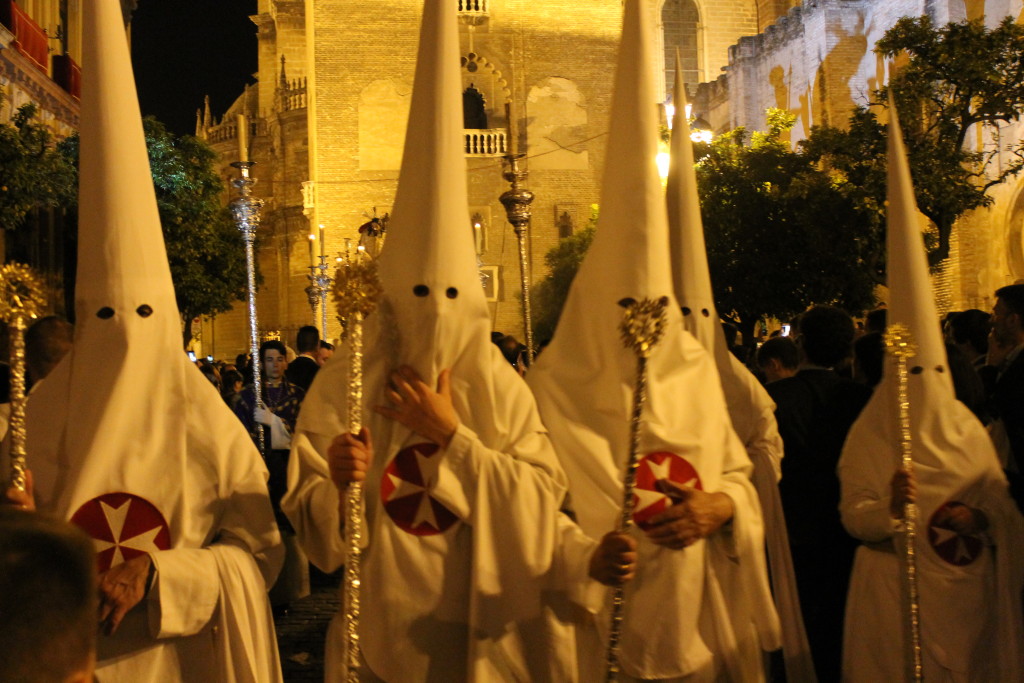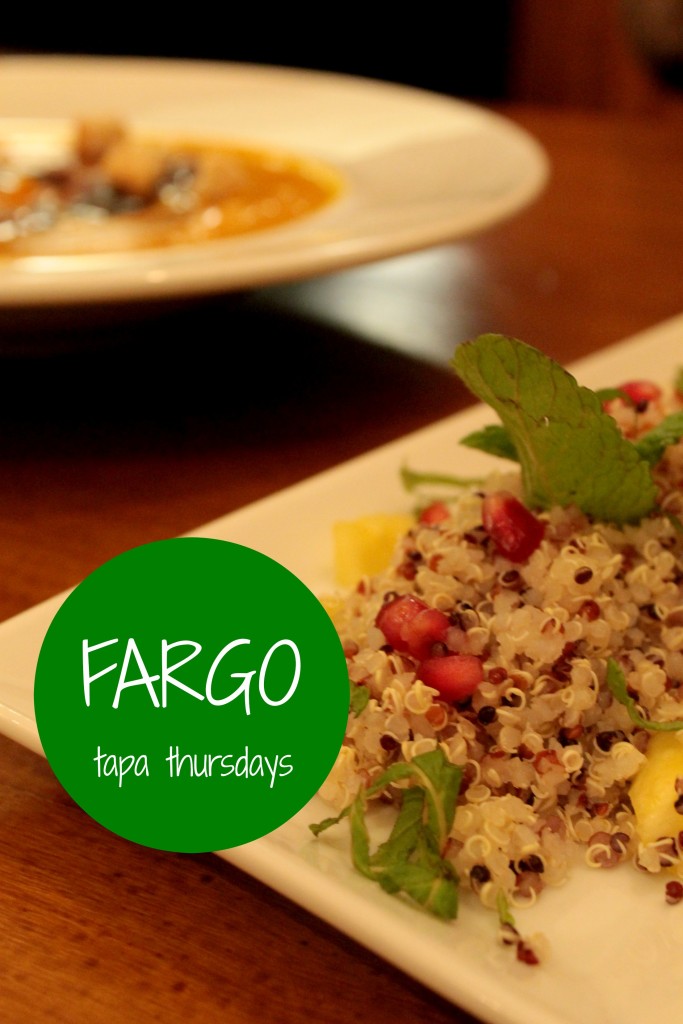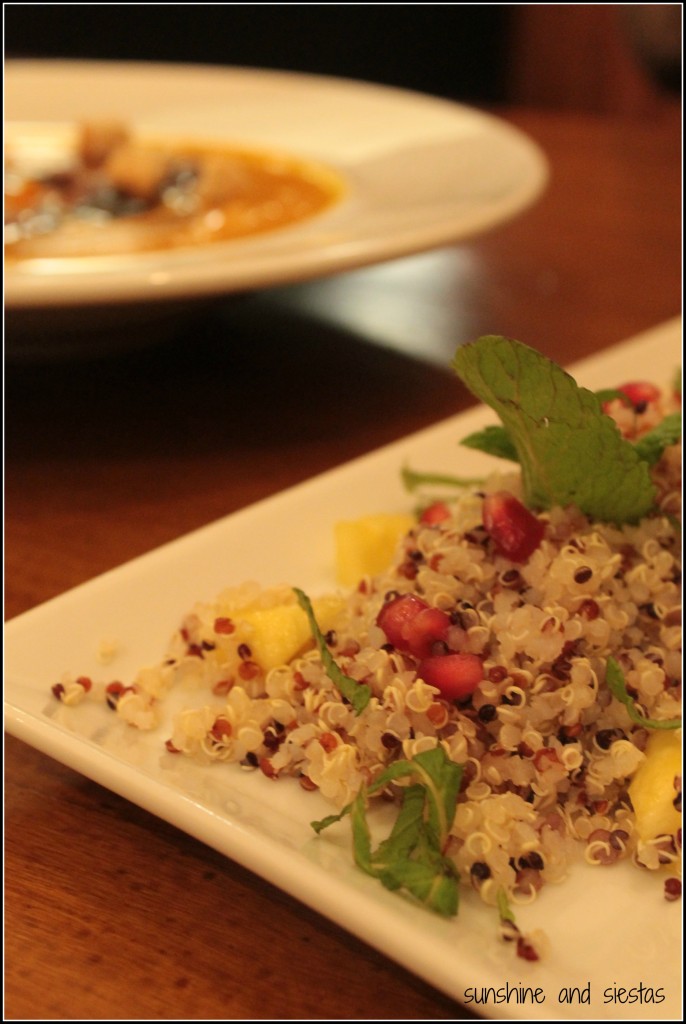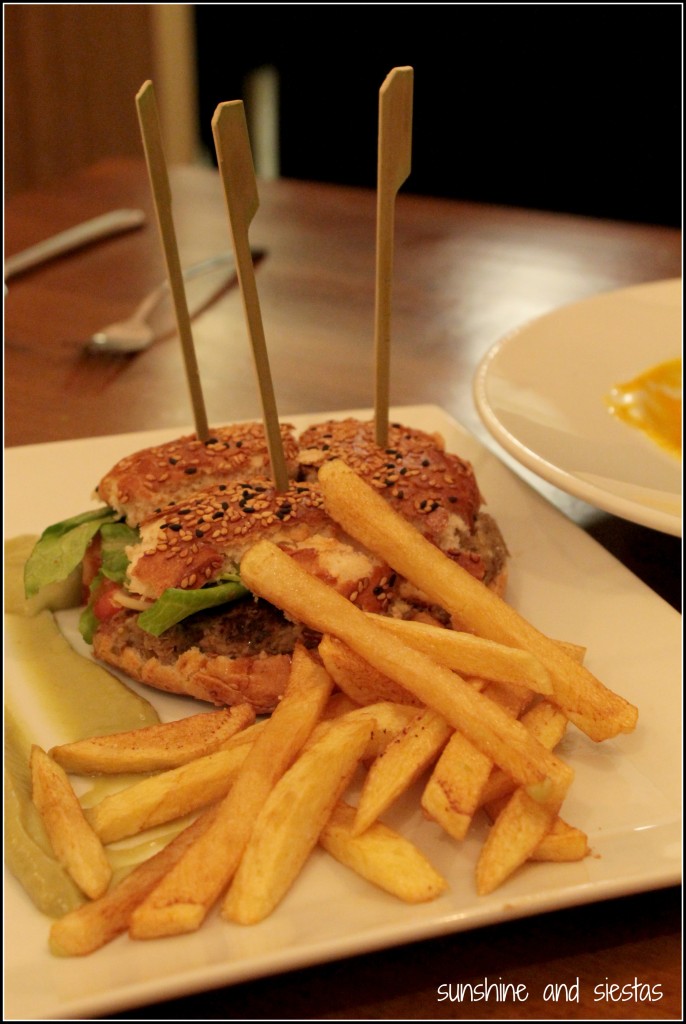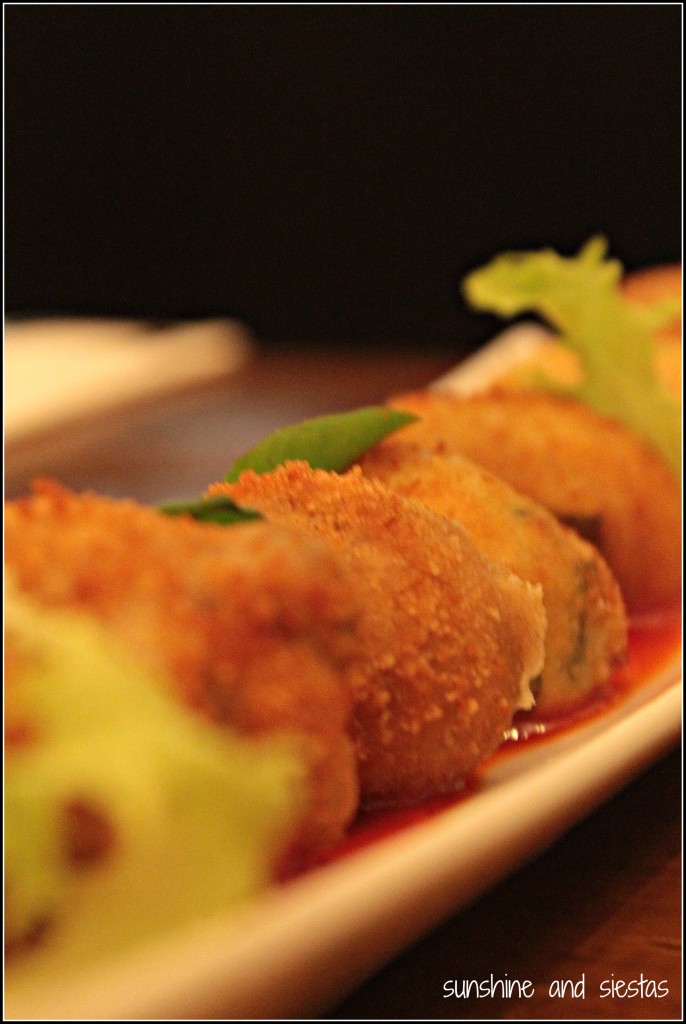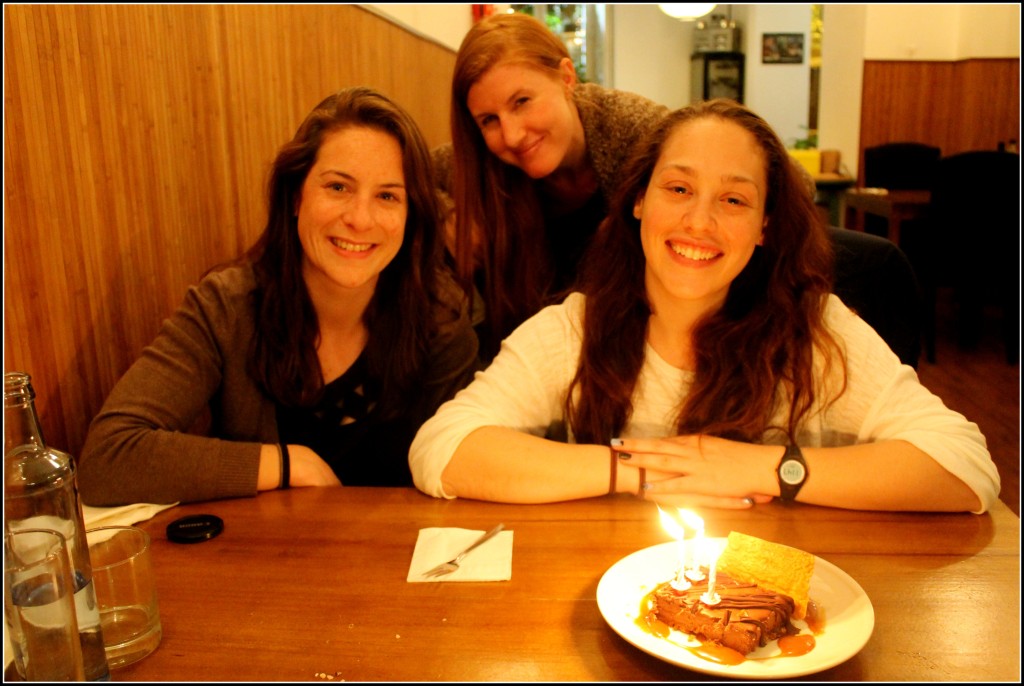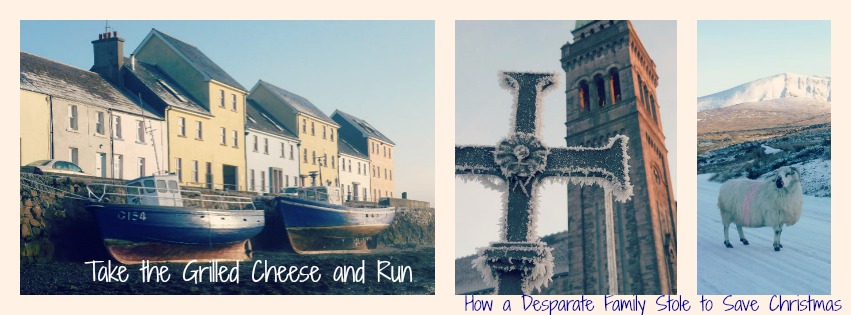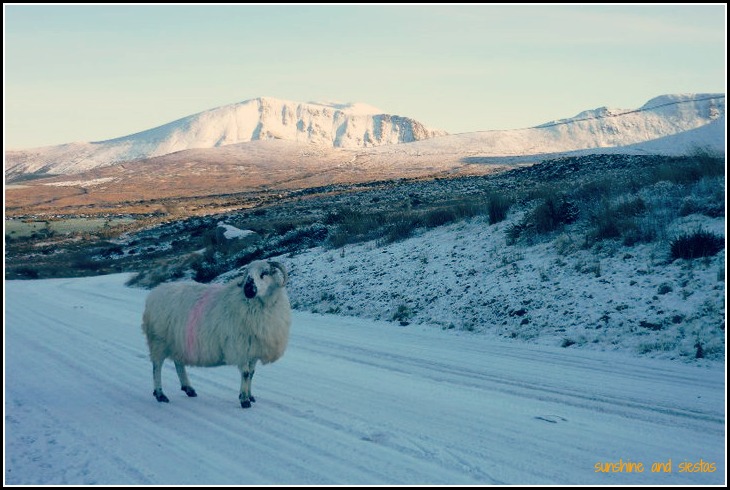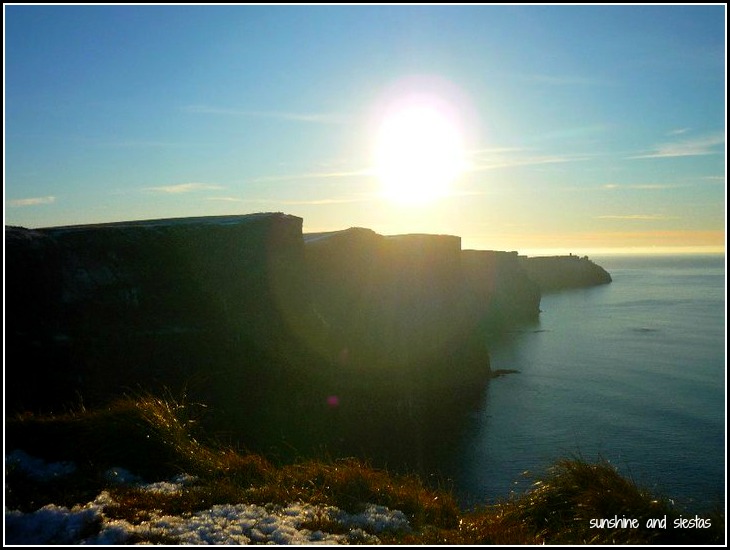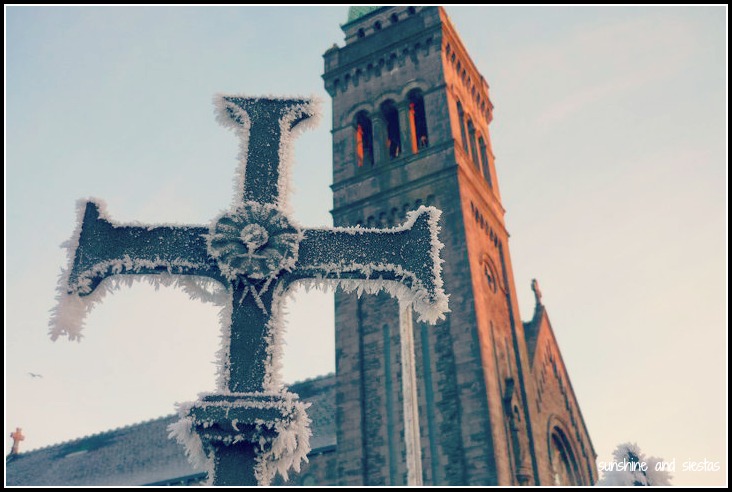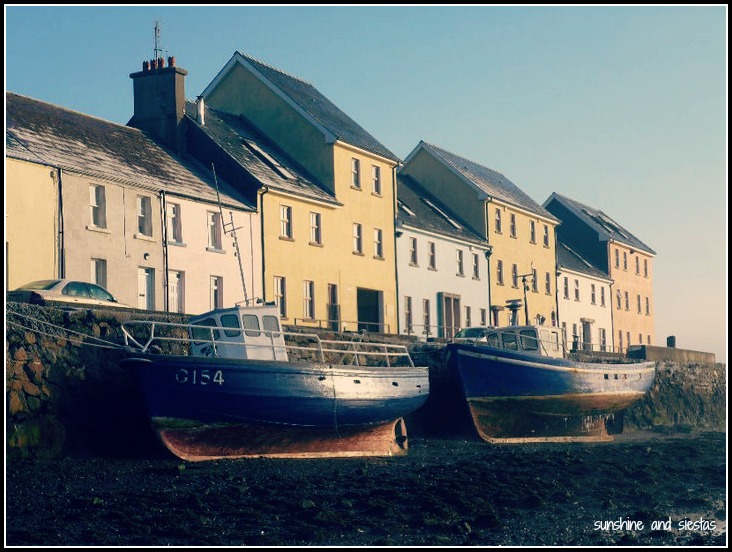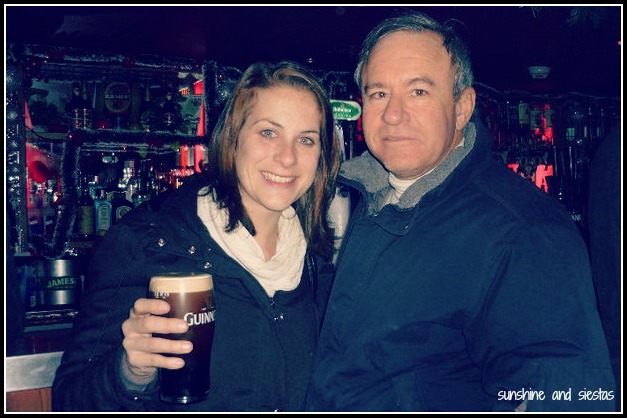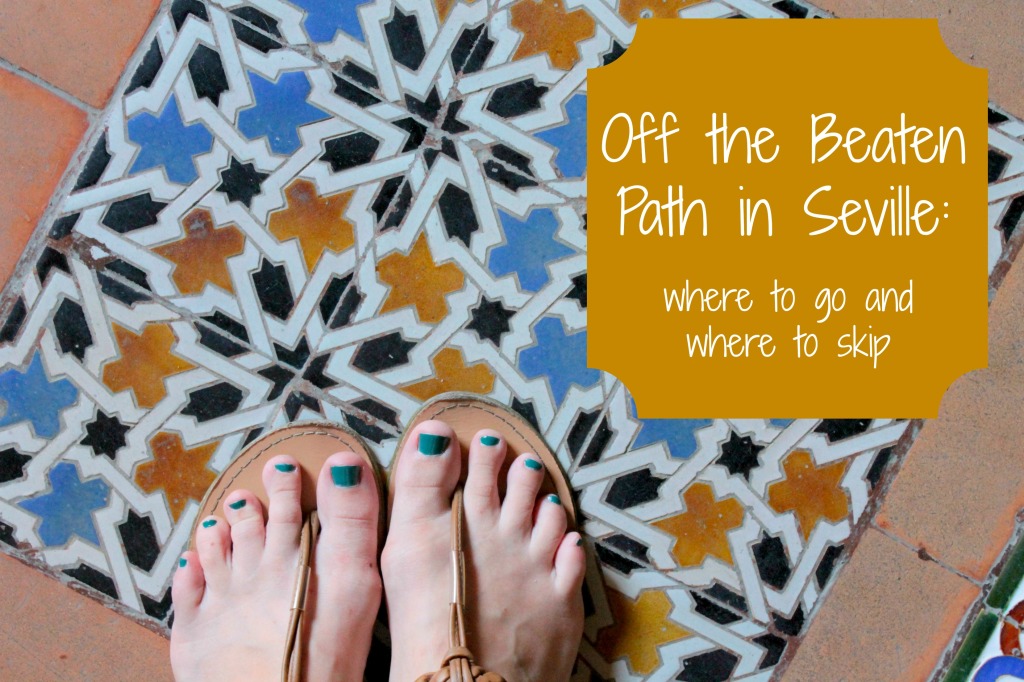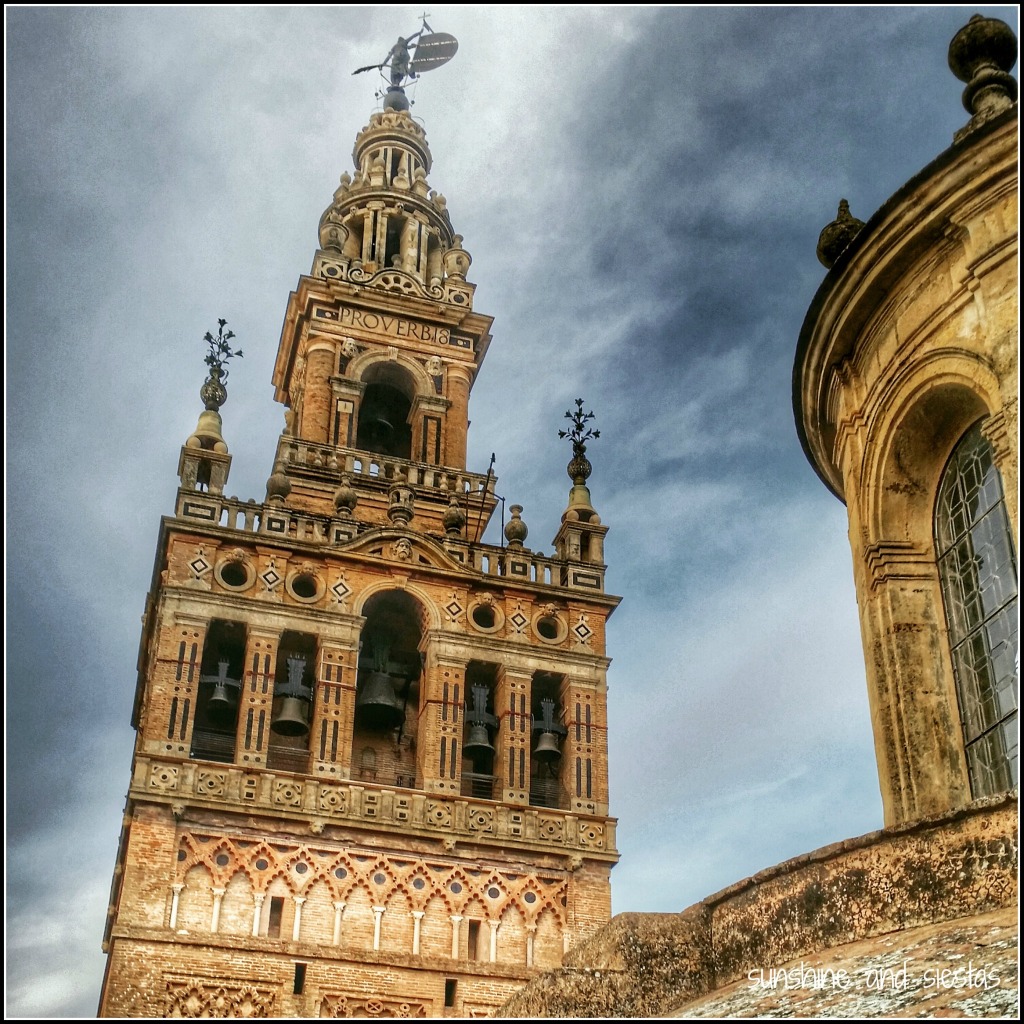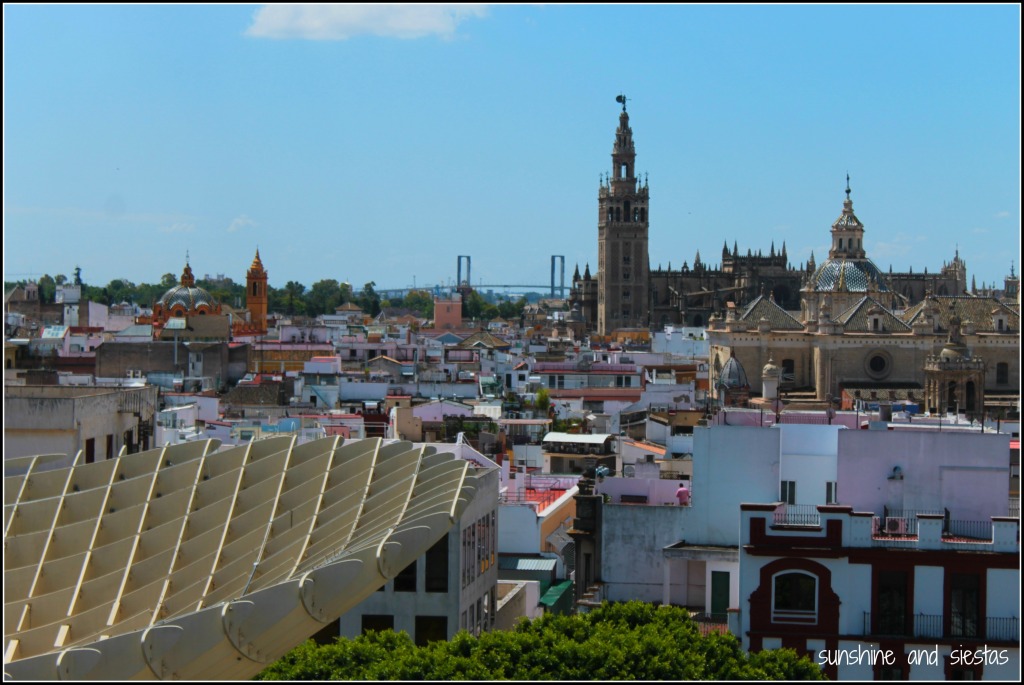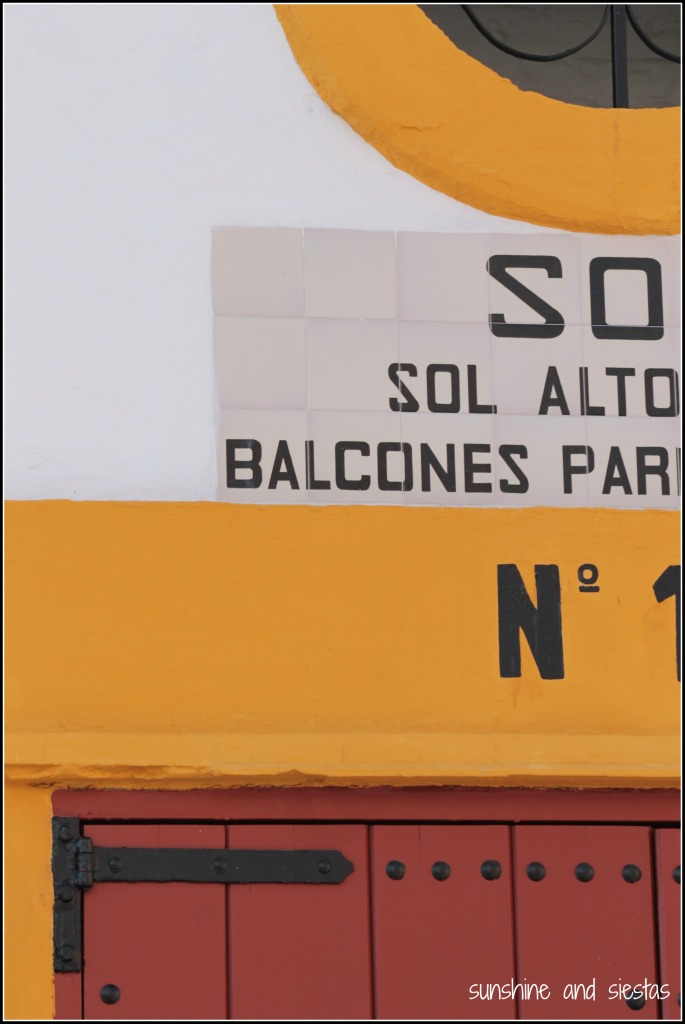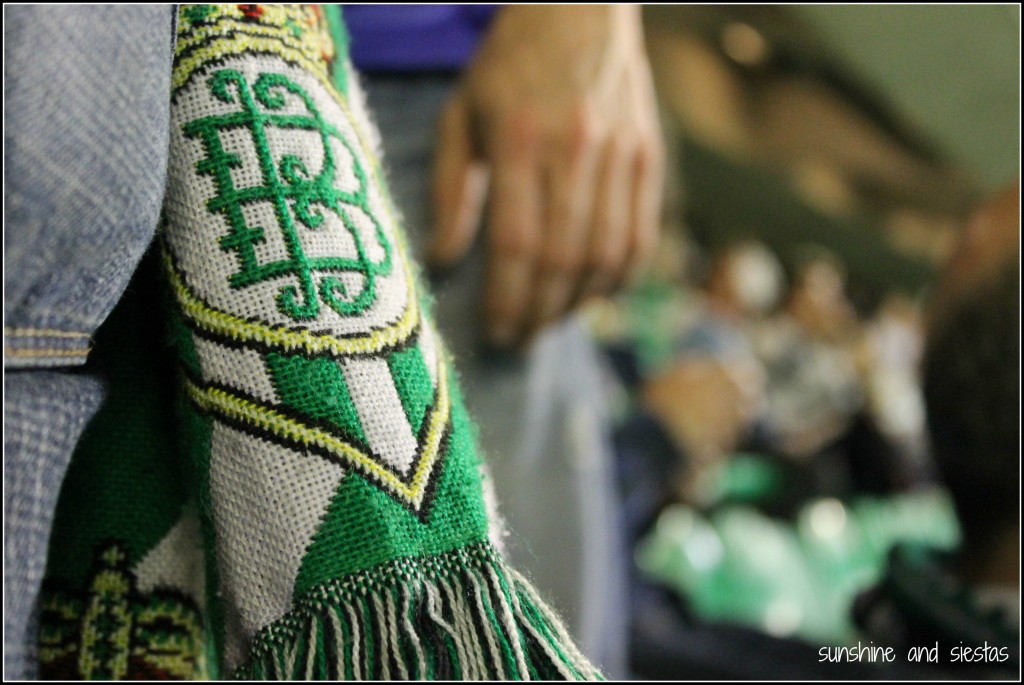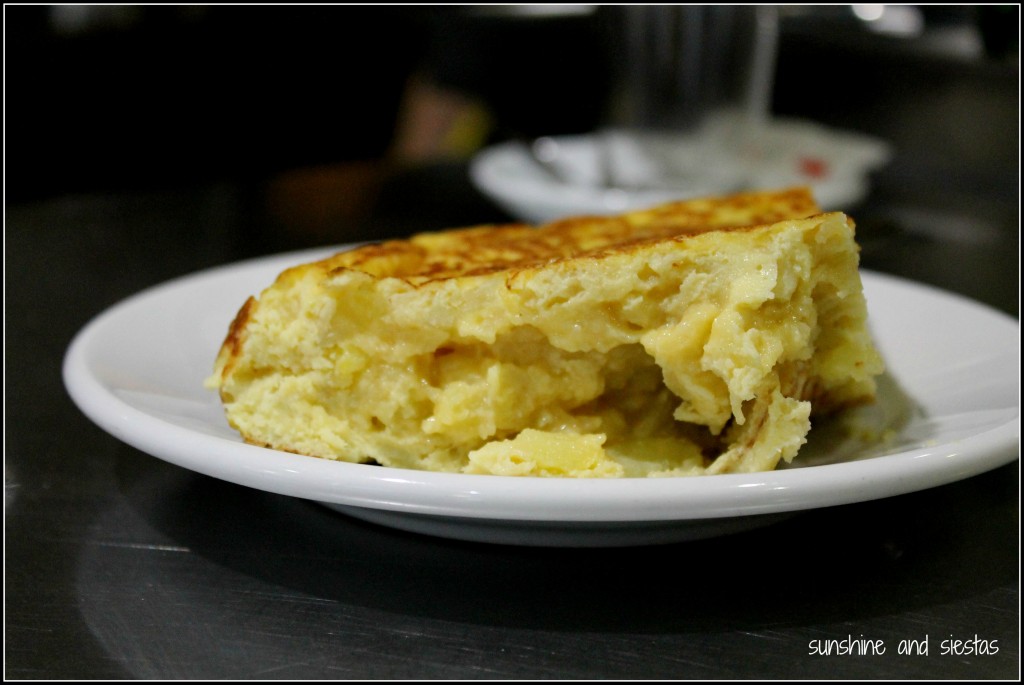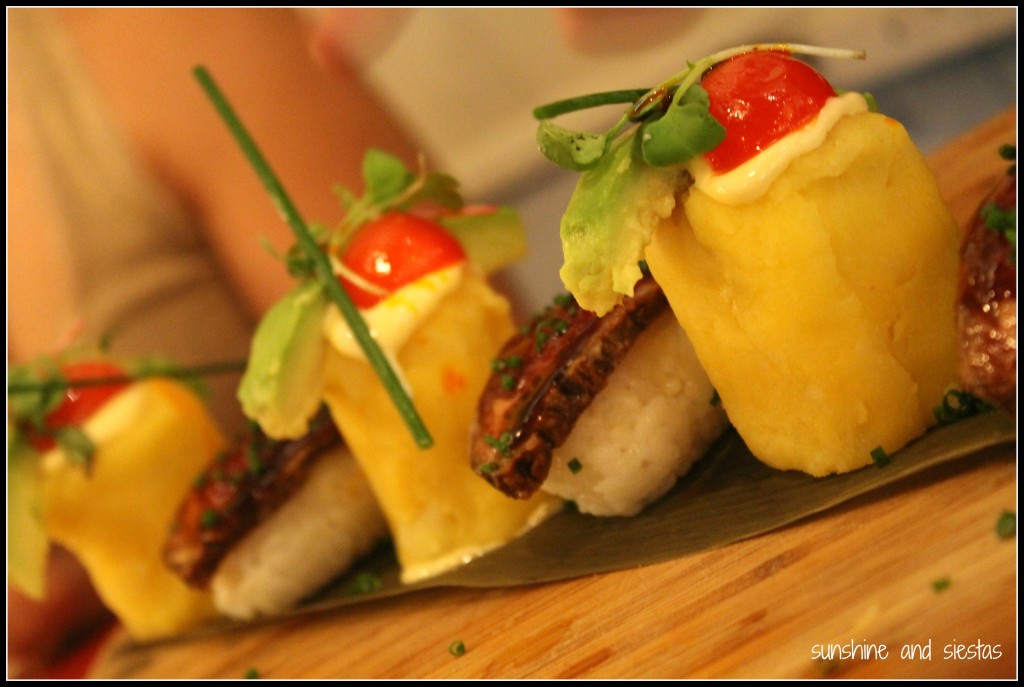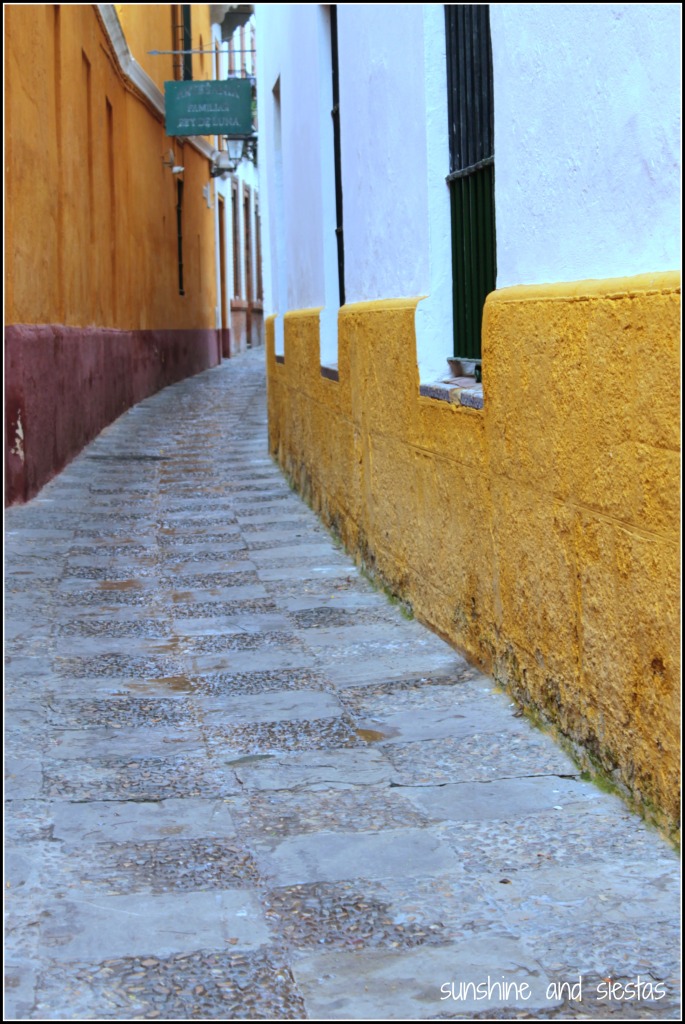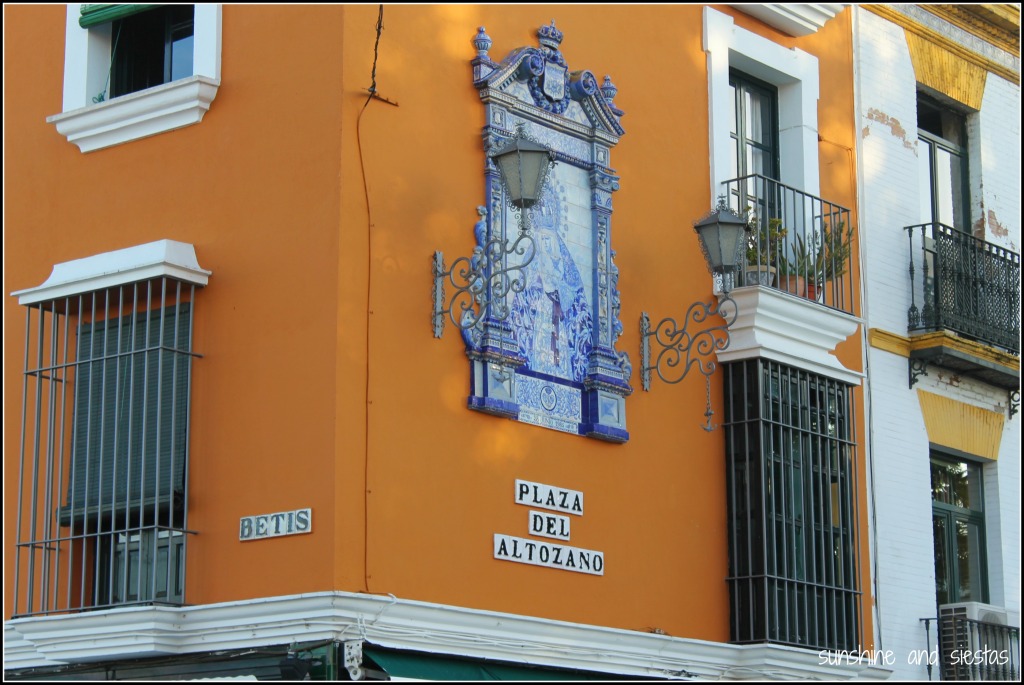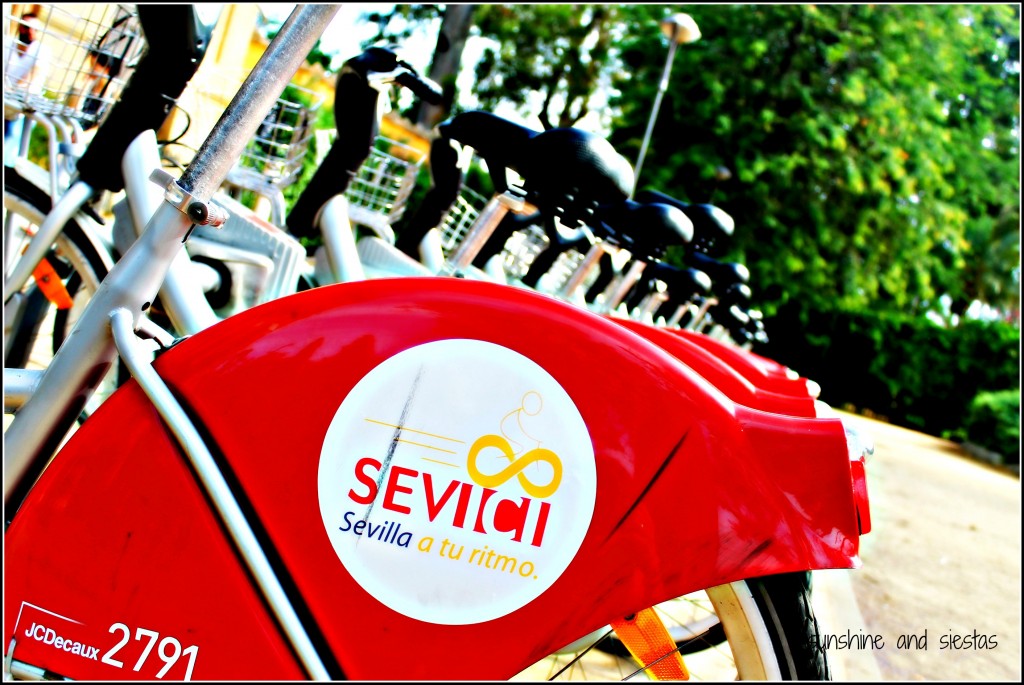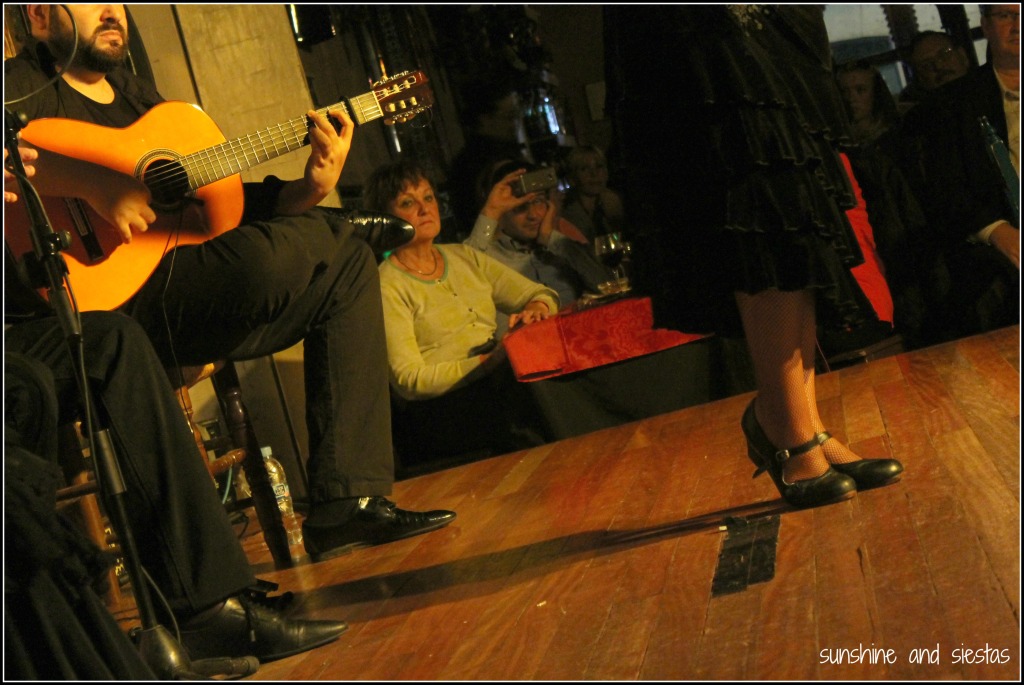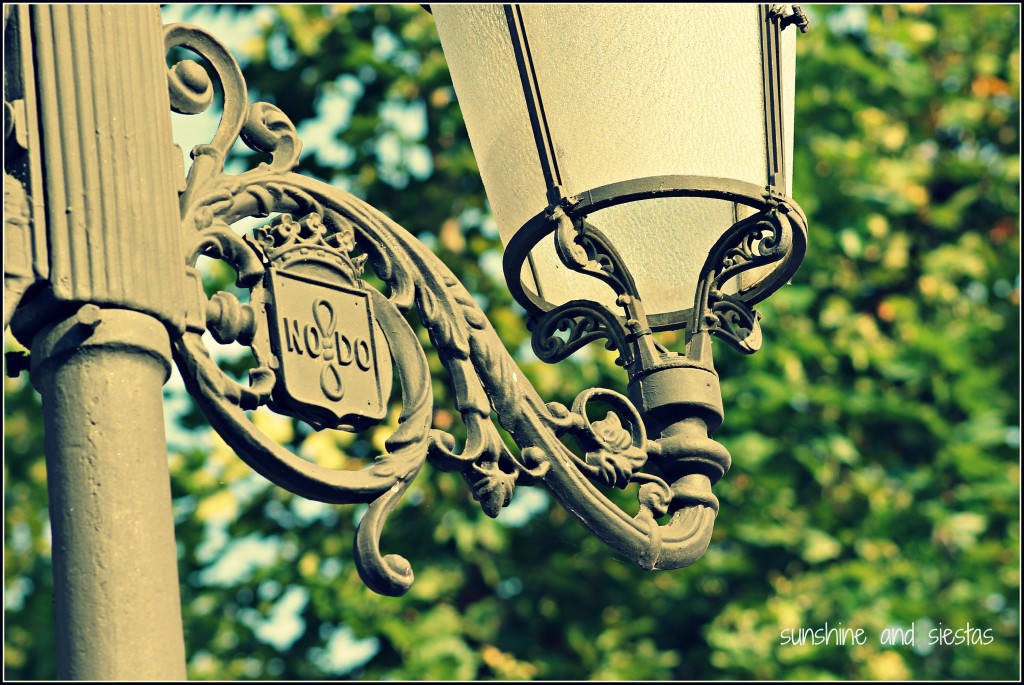My first moment of consciousness was fragrant – the orange blossoms outside my window were finally in bloom, and I could smell spring wafting in between the persianas.
I deliberately left my jacket hanging on a dining room chair, breathing in the azahar and the sizzle off of the pavement as I crossed Triana towards the center of town. On the eve of Holy Week, I would be touring my city on my favorite form of transportation besides my own two feet.
Given that Seville is Spain’s most bike-friendly city and one of the European leaders in two-wheel transportation, it was only a matter of time before cycling tours caught on in the Andalusian capital. Andalucía Tours and Discovery had written me in November to invite me on a tour, and I was finally able to take them up on the offer on the first true day of spring.
Before moving to Europe, I imagined buying an antique bike with a wicker basket and doing my shopping – a flaky baguette, a dozen apples and fresh cut flowers – by cycling. In reality, I use my bike Feliciano to get to and from work, often arriving sweaty and panting.
When I arrived, I was immediately surrounded by around a dozen Dutch tourists (I can’t make this stuff up!), adjusting their bikes in front of ATD’s bike and segway warehouse. I jumped at the chance to leave my rickety bike behind and use one with full tires, fully-functioning brakes and a bell that hadn’t been stolen. Rosalie helped me get my bike adjusted to my height and urged me to have a quick ride around to make sure everything was in tip-top shape.
As someone who sticks to bike lanes whenever possible, I was wary to ride on the streets and sidewalks, especially in such a large group. But them group’s founder, Carlos, had another plan for me: we took off down Santas Patronas, using a pedestrian shortcut to pick up four lost Dutch women and deliver them to the tour group, which had already crossed the Triana bridge.
The tour was in Dutch and German, so Carlos tagged along to conduct what felt like a private tour. In Plaza del Altozano, he gave me a challenge: ¿Qué no sabes de Sevilla?
As it turned out, plenty. We rode through the narrow alleyways of my neighborhood and he peppered in anecdotes and lore, from architecture to origins. I continue signing up for tours of my adopted home town for this very reason – a city with more than 2000 years of history is full of secrets.
Carlos kept me in good company – as a former school teacher himself, he knows how to keep a crowd entertained – and our conversation drifted from history to Spain’s political climate and everything that has changed in the seven years I’ve been a resident and the seven years he’s owned a small business. In a city whose tourism business is booming, Carlos is ethical and innovative, looking for clients in their own countries and doing things 100% by the book – a far cry in a city whose political corruption is glaringly evident at times.
Winding through the historic center and the palcos set out for the upcoming processions, we ended up in Patio de las Banderas, sandwiched between Barrio Santa Cruz and the Alcázar palace.
“Do you smell that?” he asked, pointing his nose towards the line of orange trees that had just begun to bloom. “Huelva has the light, Granada has the sights, but Seville is all about the smells.” I breathed in more, immediately sneezing. Spring in Seville is a double-edged sword for allergy-prone people like me.
Carlos pointed out places for me to take a picture of myself with the bike. I was already half a step ahead of him and handing my camera over.
Nearing the end of the tour, the guide brought us to a bar near Plaza de España to partake in another local pastime: having a drink. The Dutch ladies who had been lost before asked me inquisitively about how it was that I’d ended up in Sevilla.
While that’s a loaded question, I kept it simple: the weather, the cheap beer, and the fact that I can commute to work by bike.
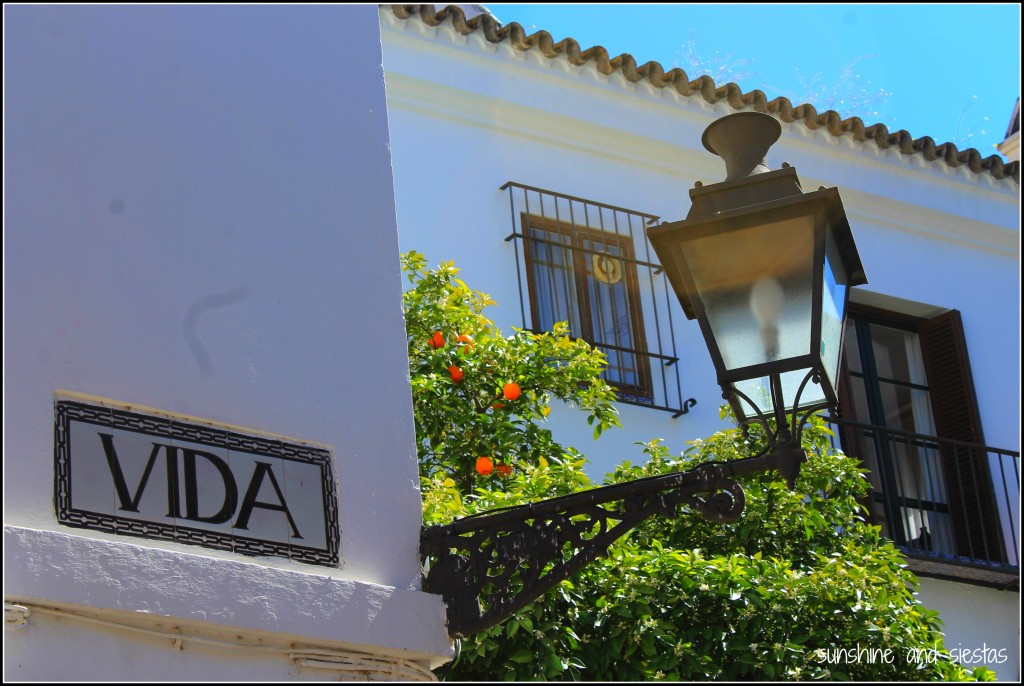
A tour on bike is perfect for anyone active, and especially recommendable if you’ve only got a day to see the city’s main sites and want to learn a little bit about them. The tours last around 3.5 hours, can be categorized as easy exercise and costs 25€, 19€ for students, with rental, tour, insurance and a drink included. Find out more about their tours and cultural activities on ATD’s website.
Have you ever been on a cycling tour on your travels?
In the spirit of full disclosure, ATD offered me a free tour. The awkward tanlines and opinions are all my own.
